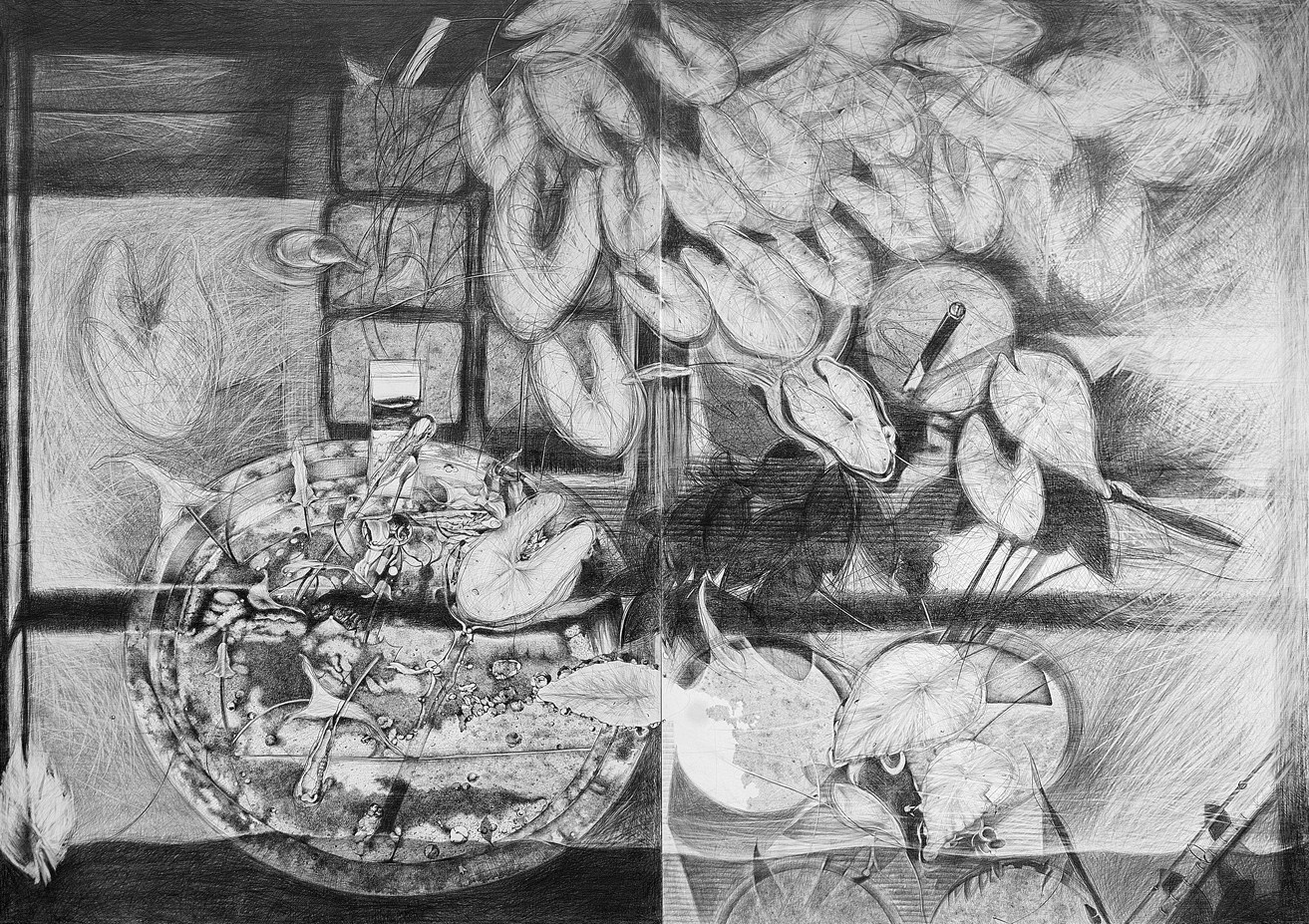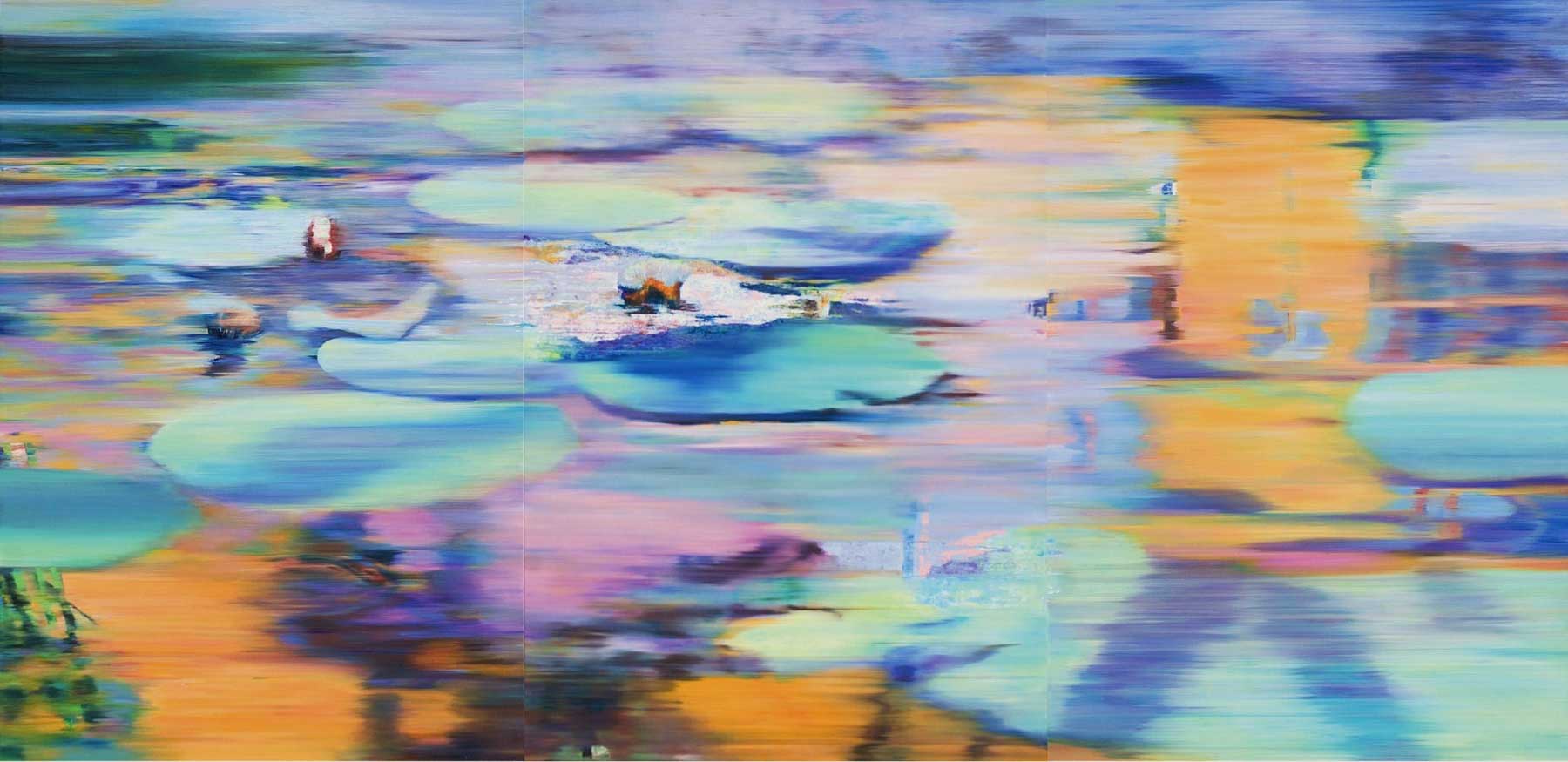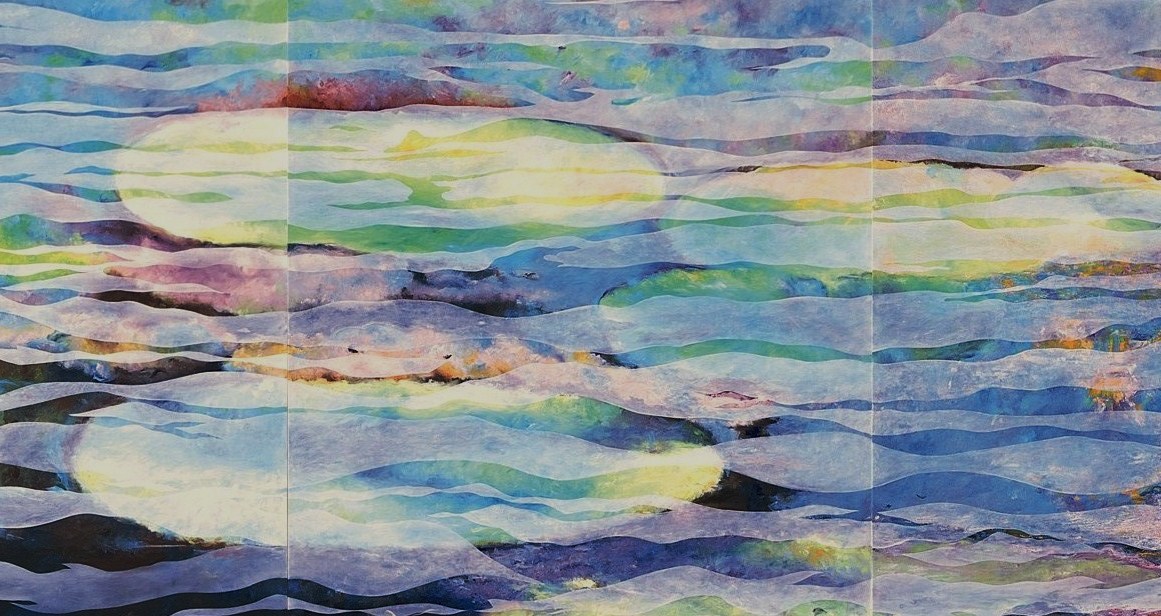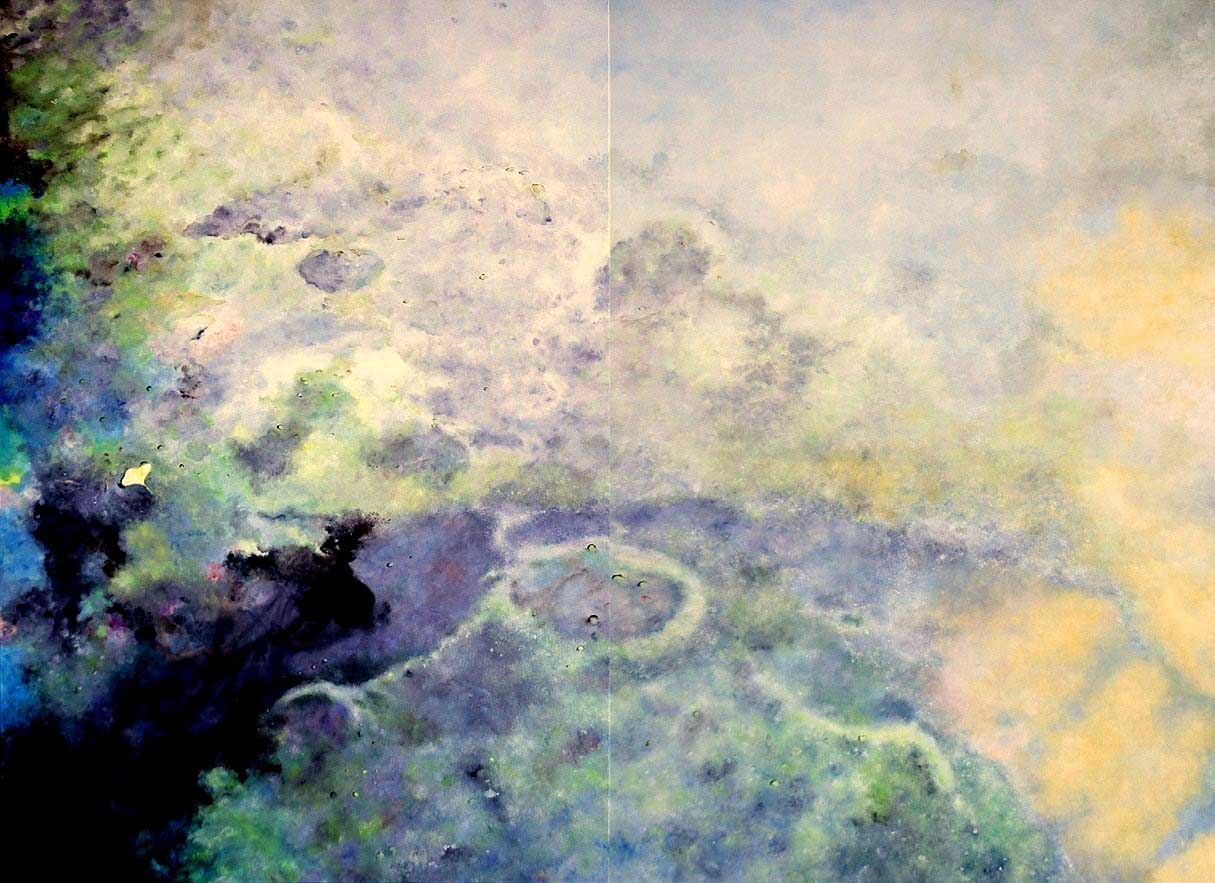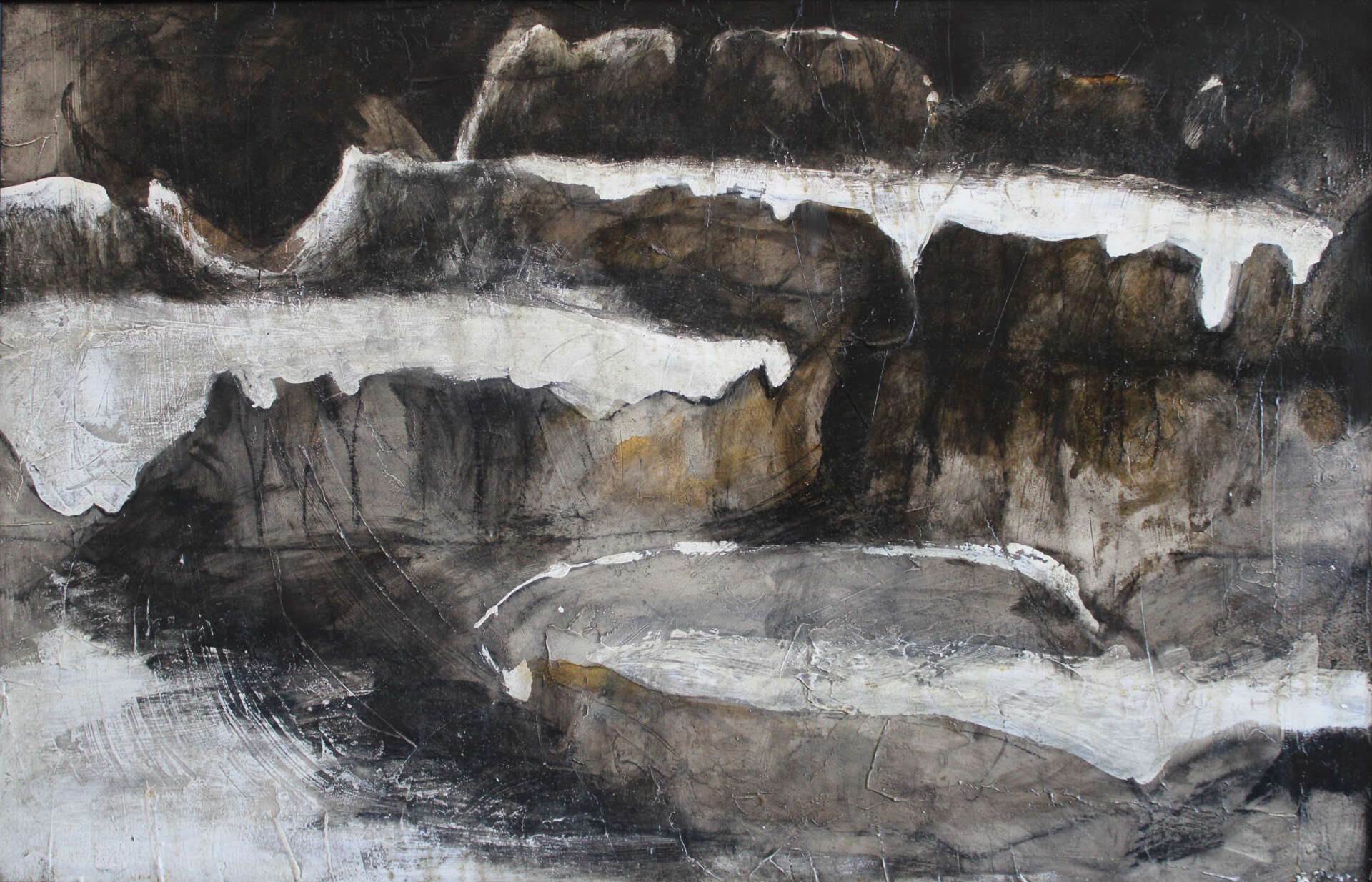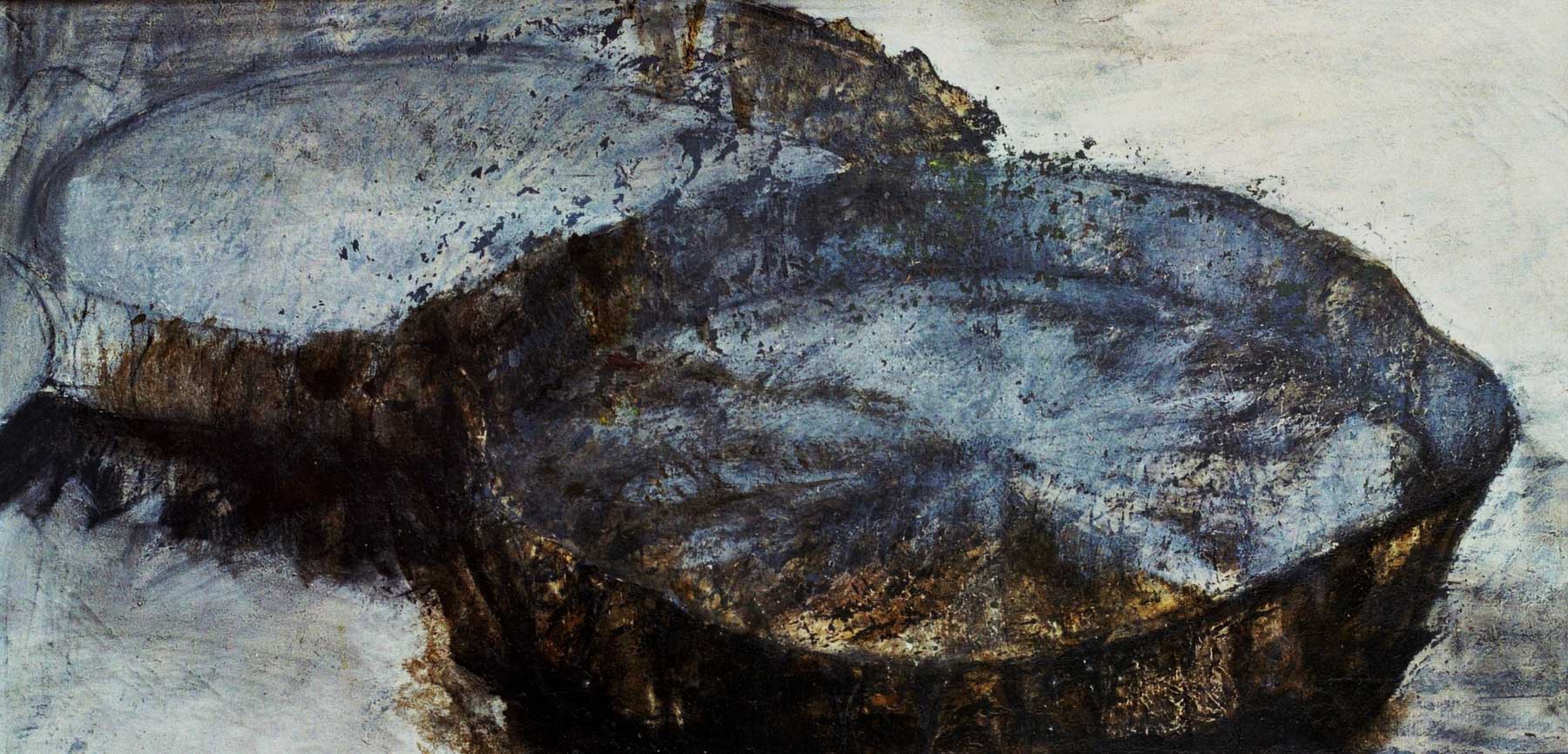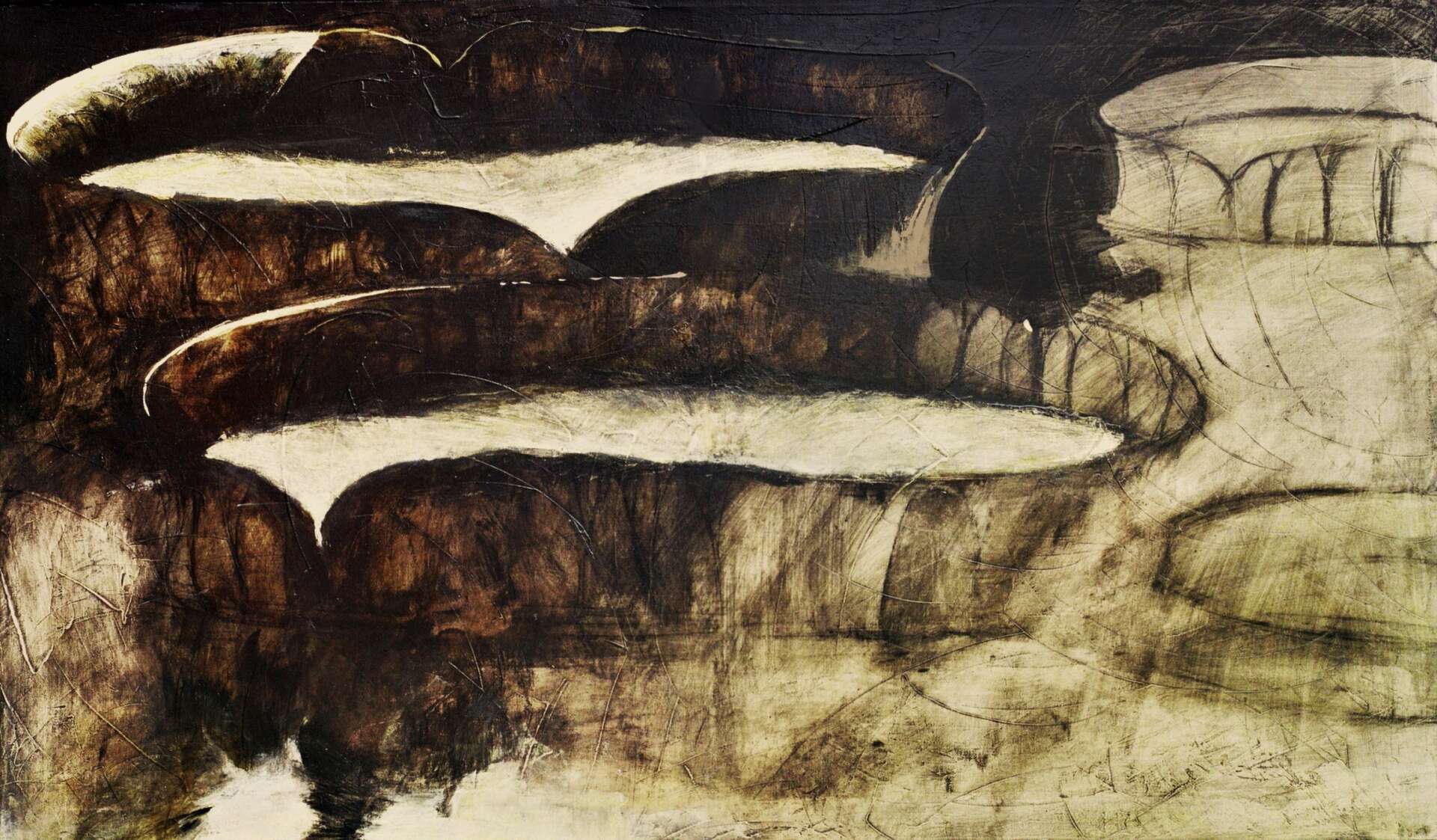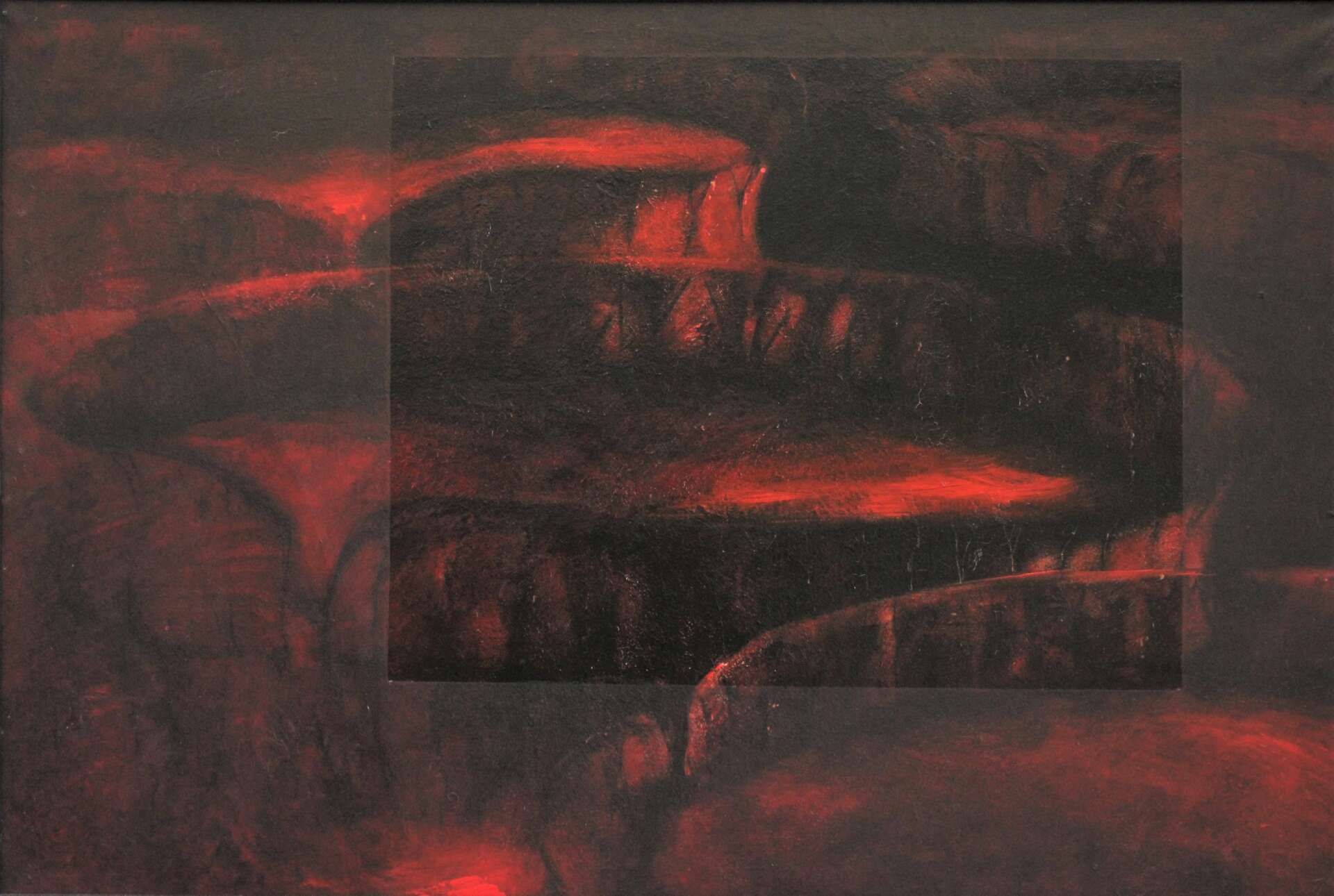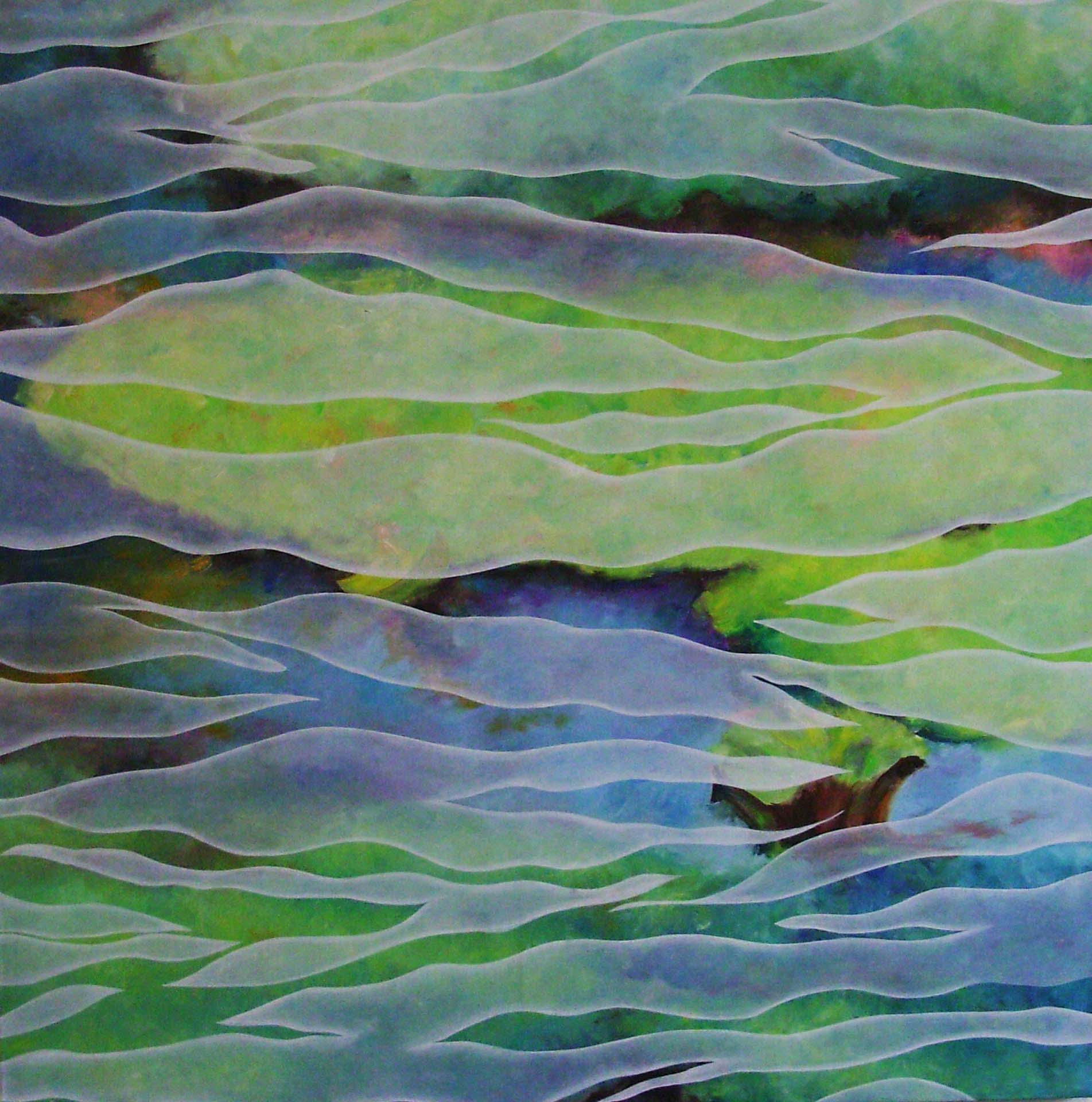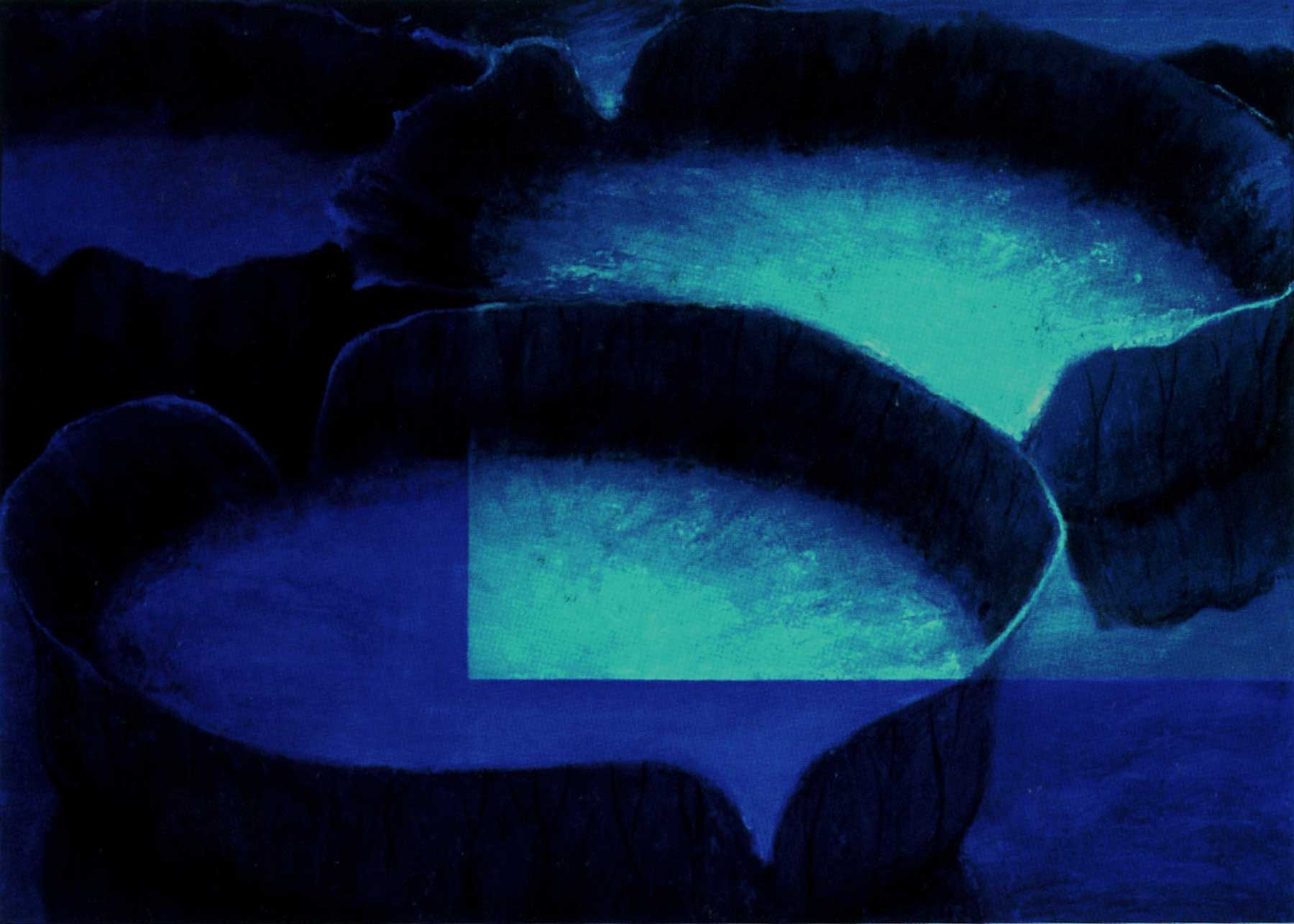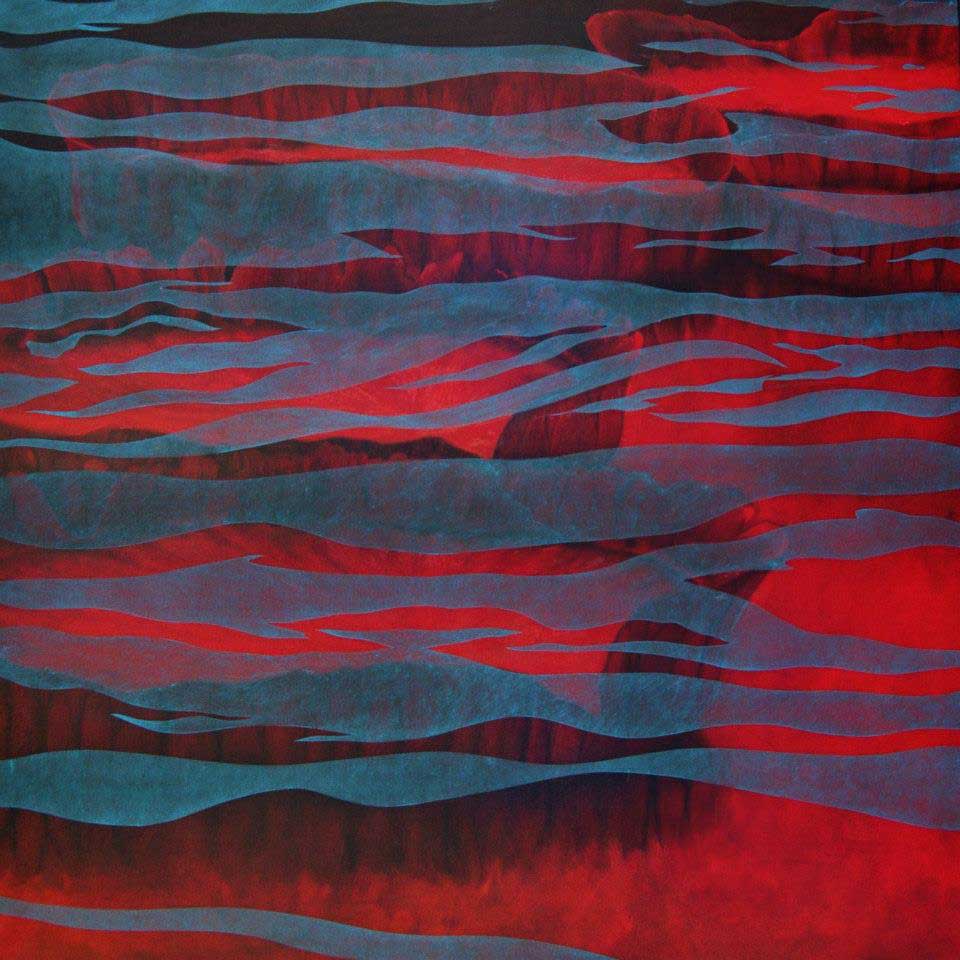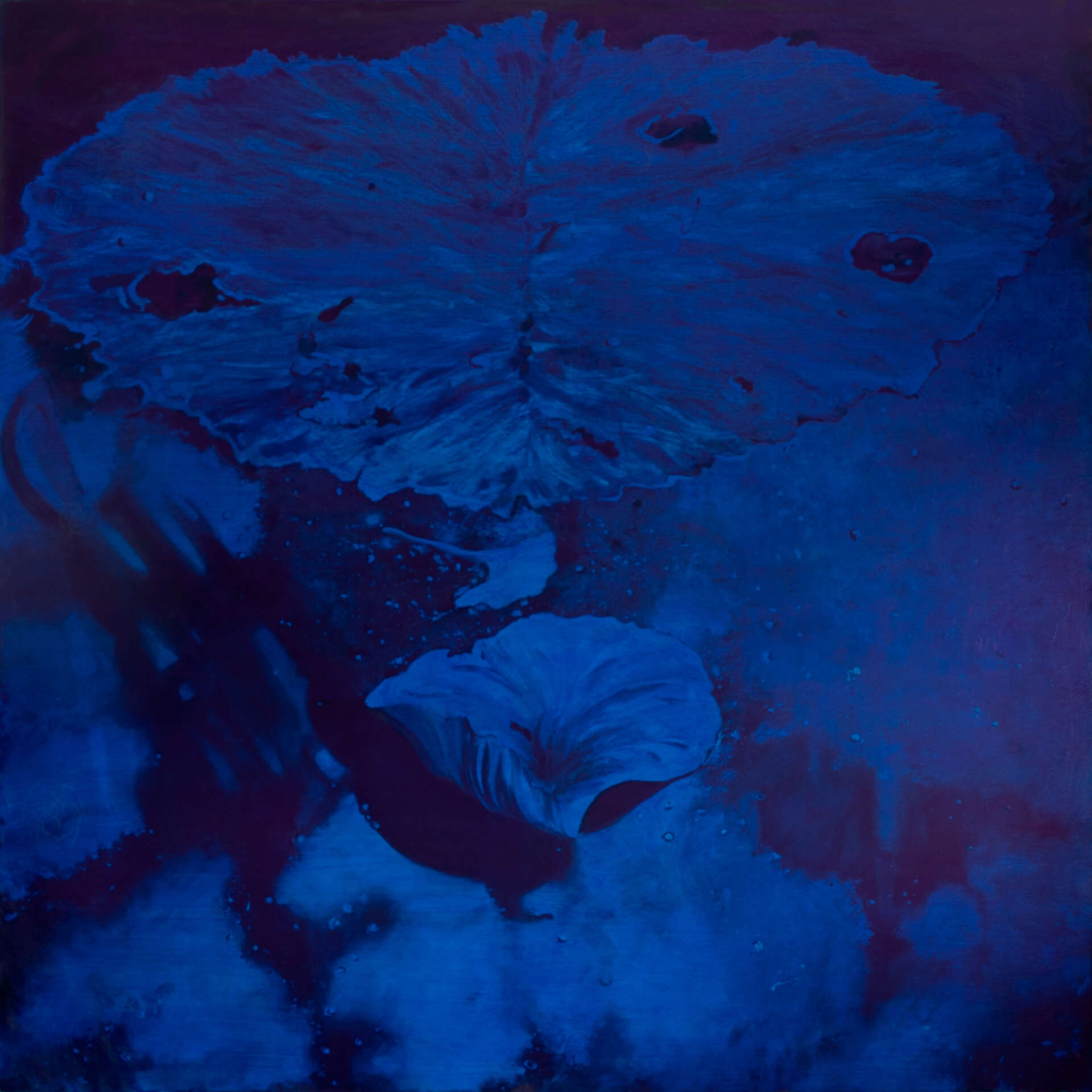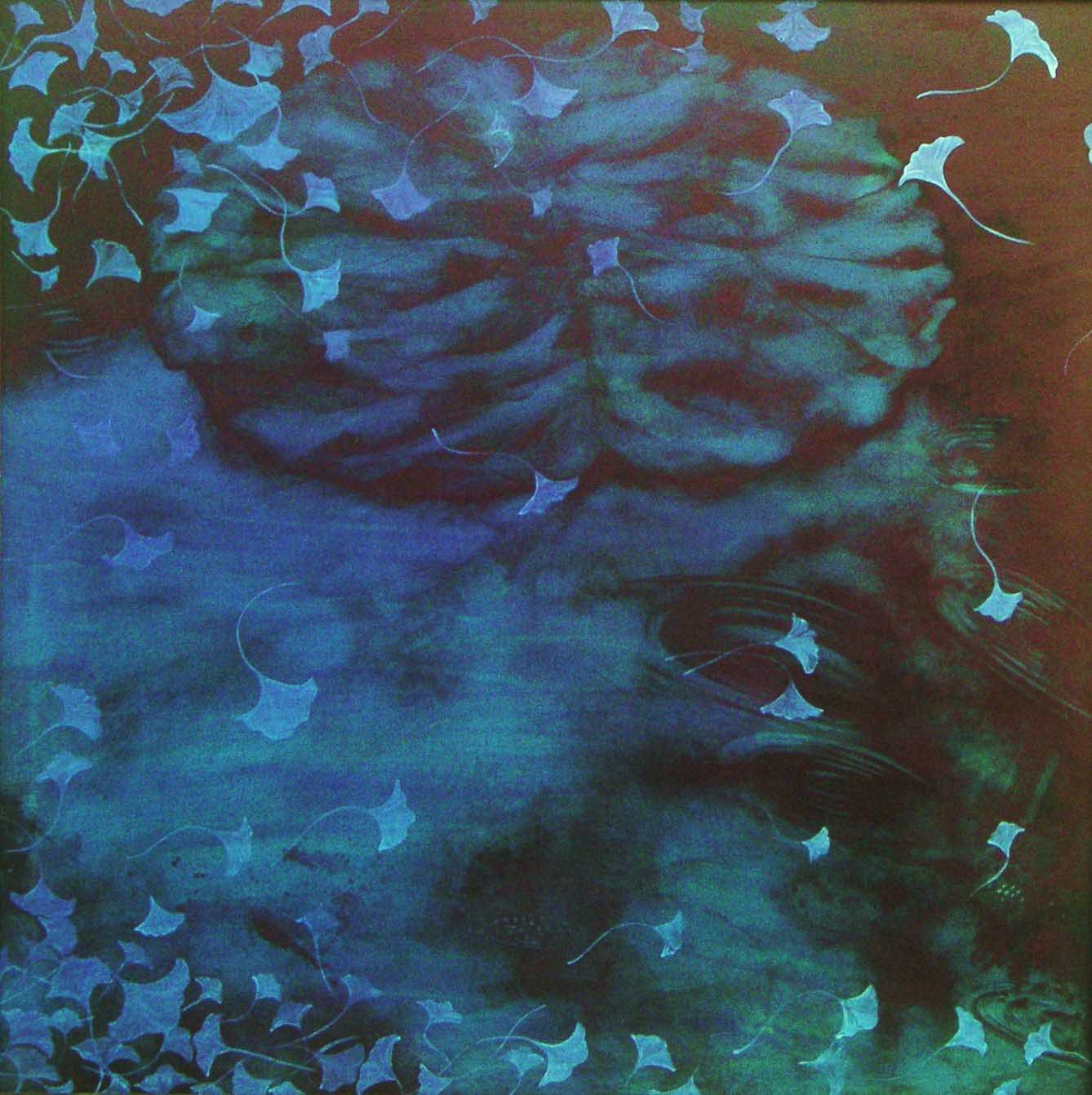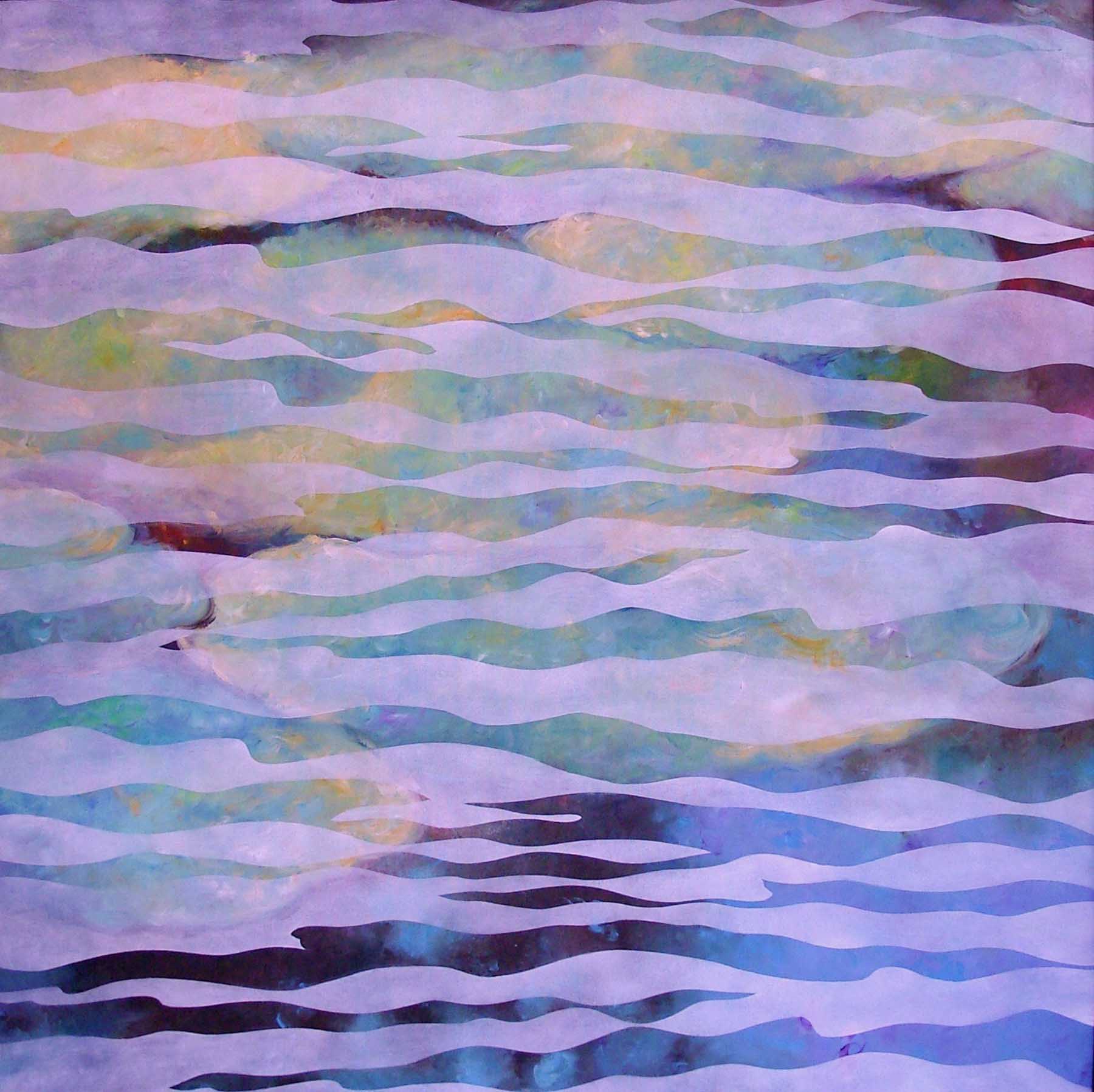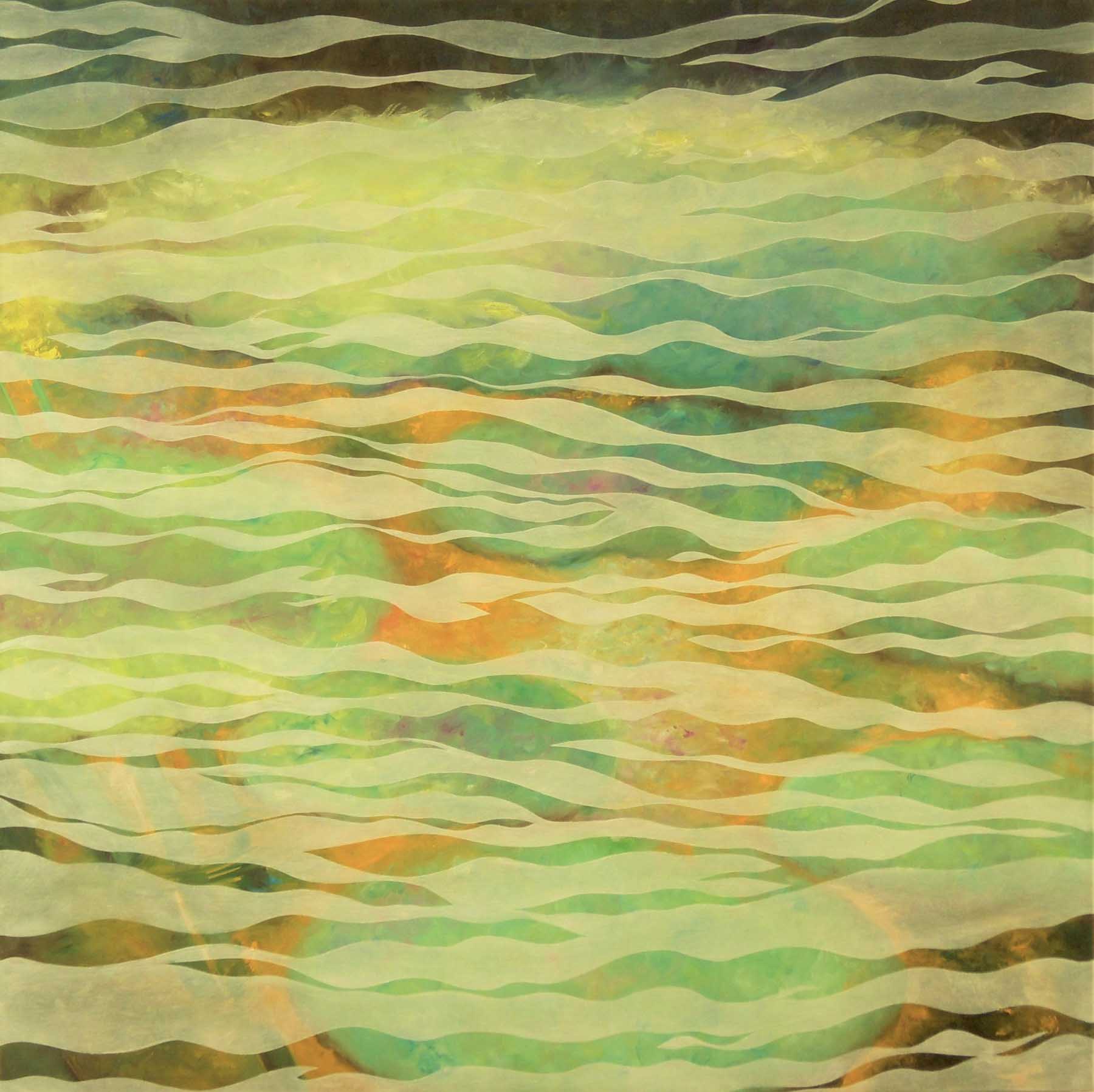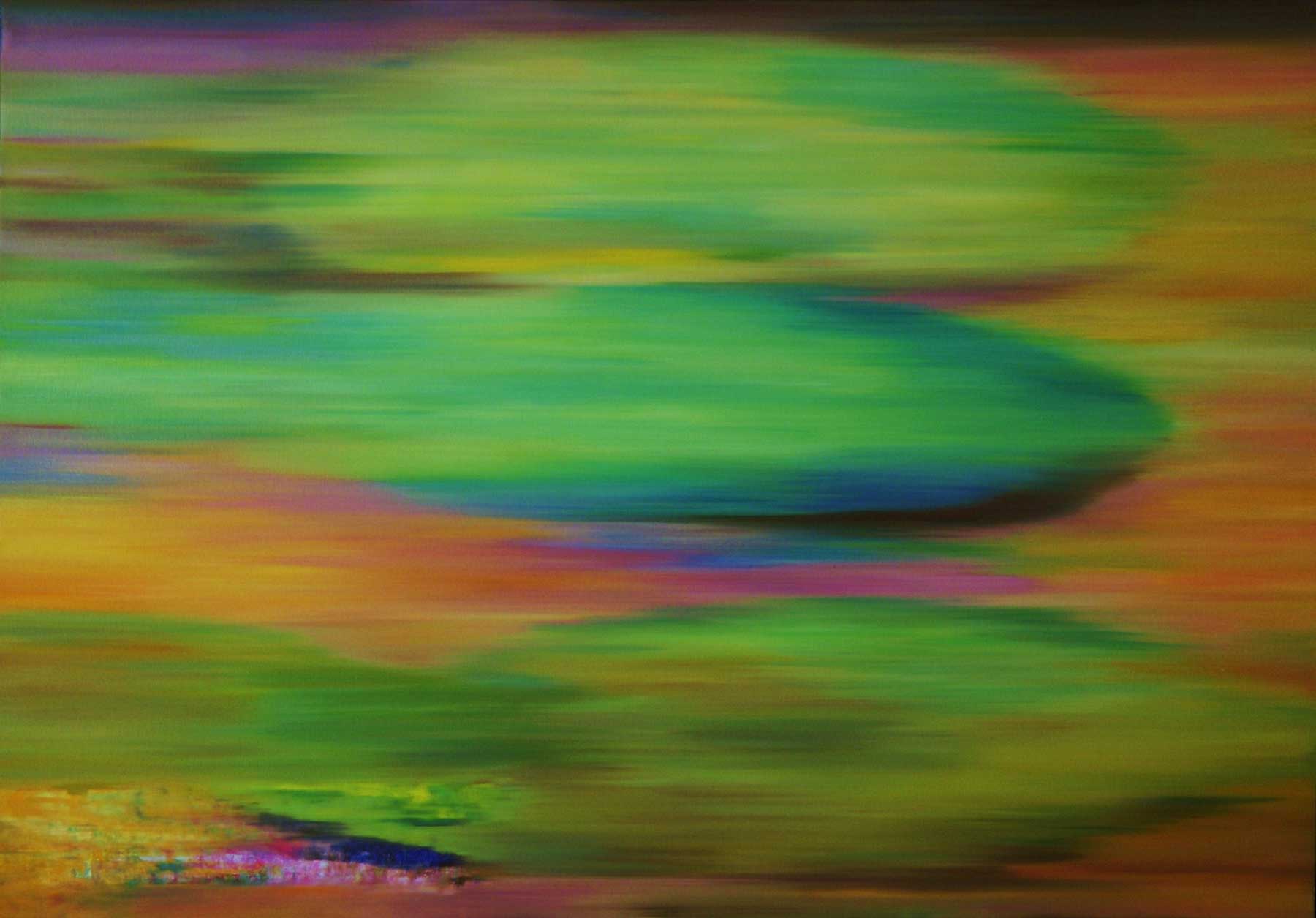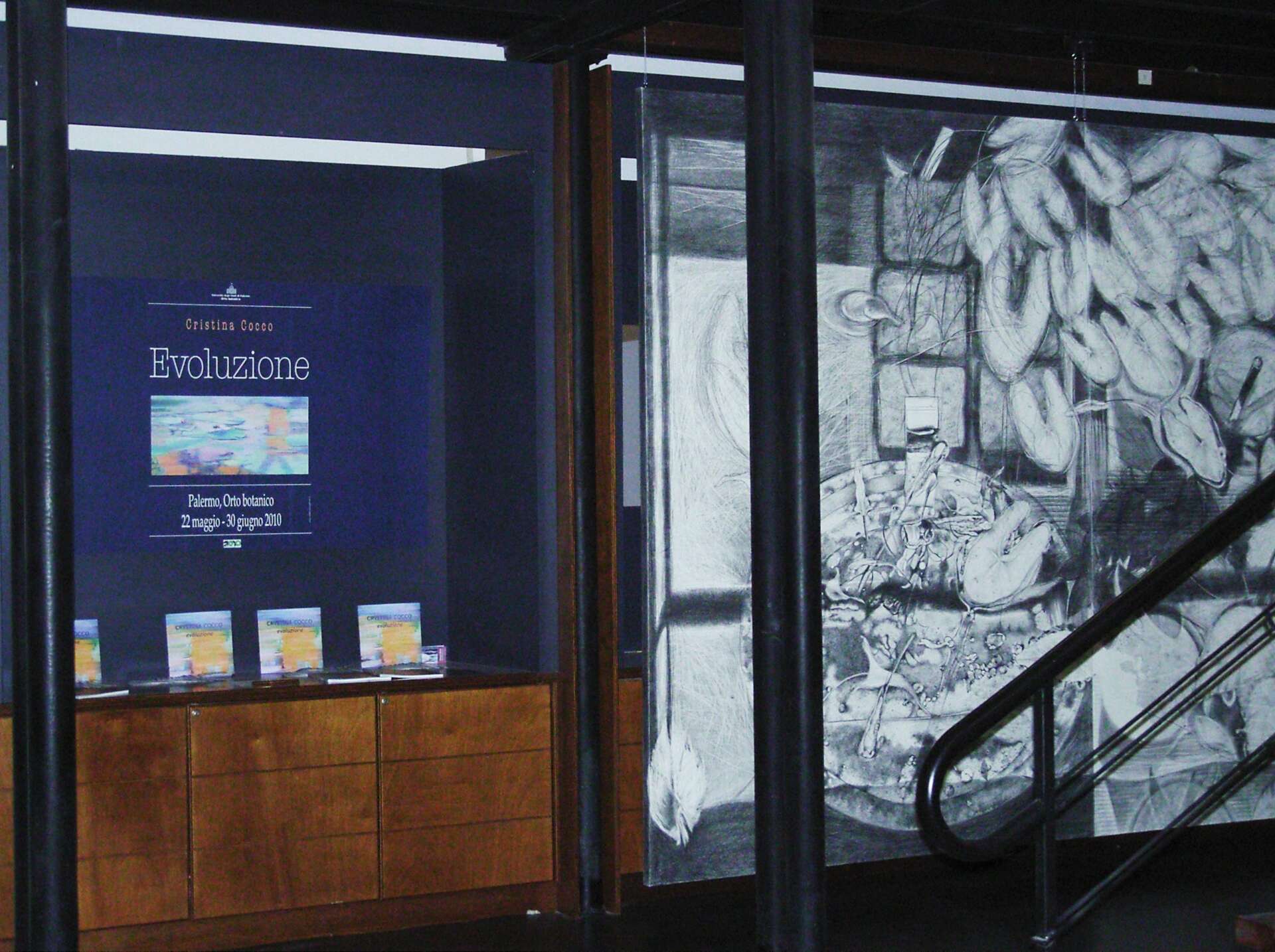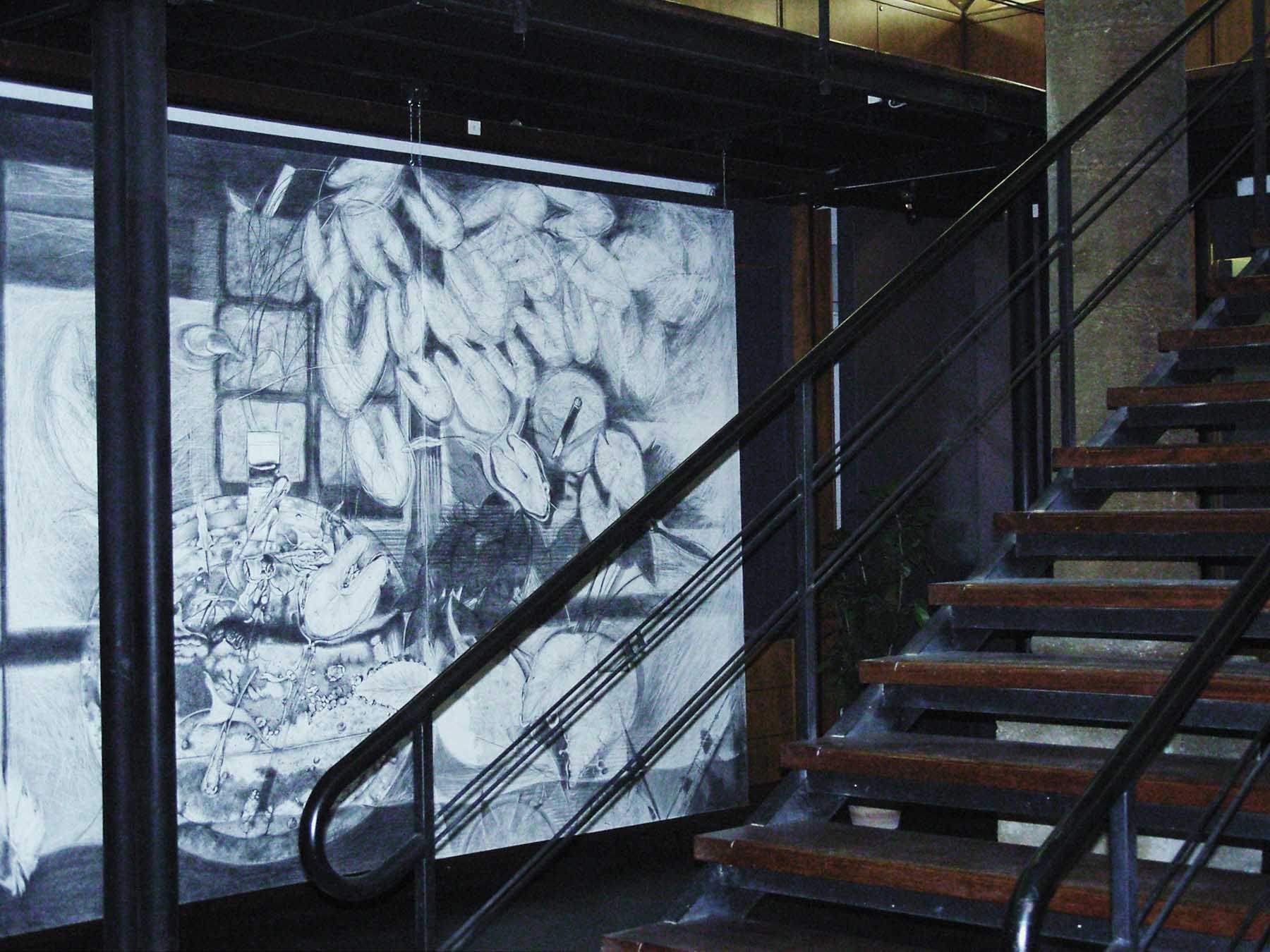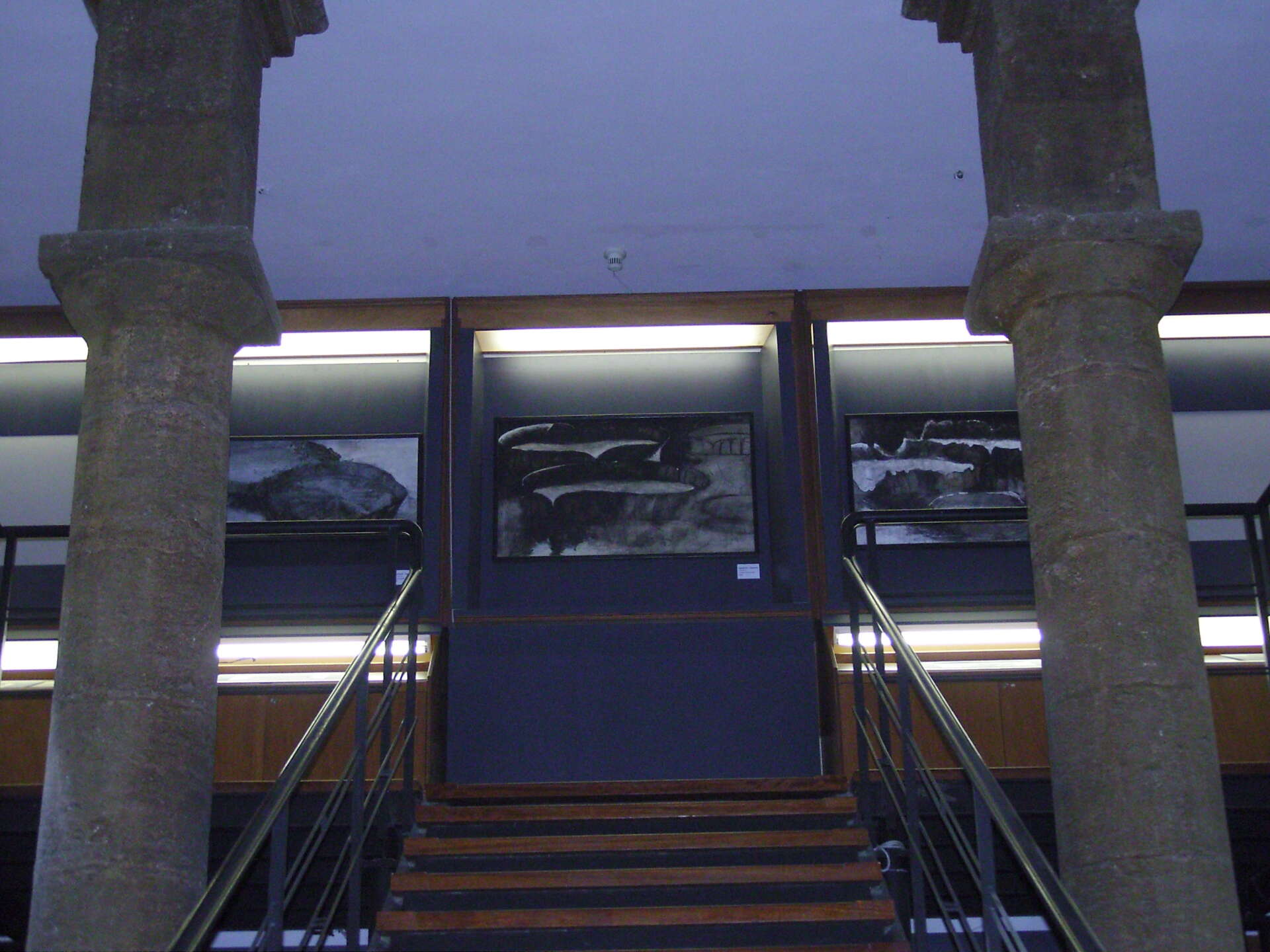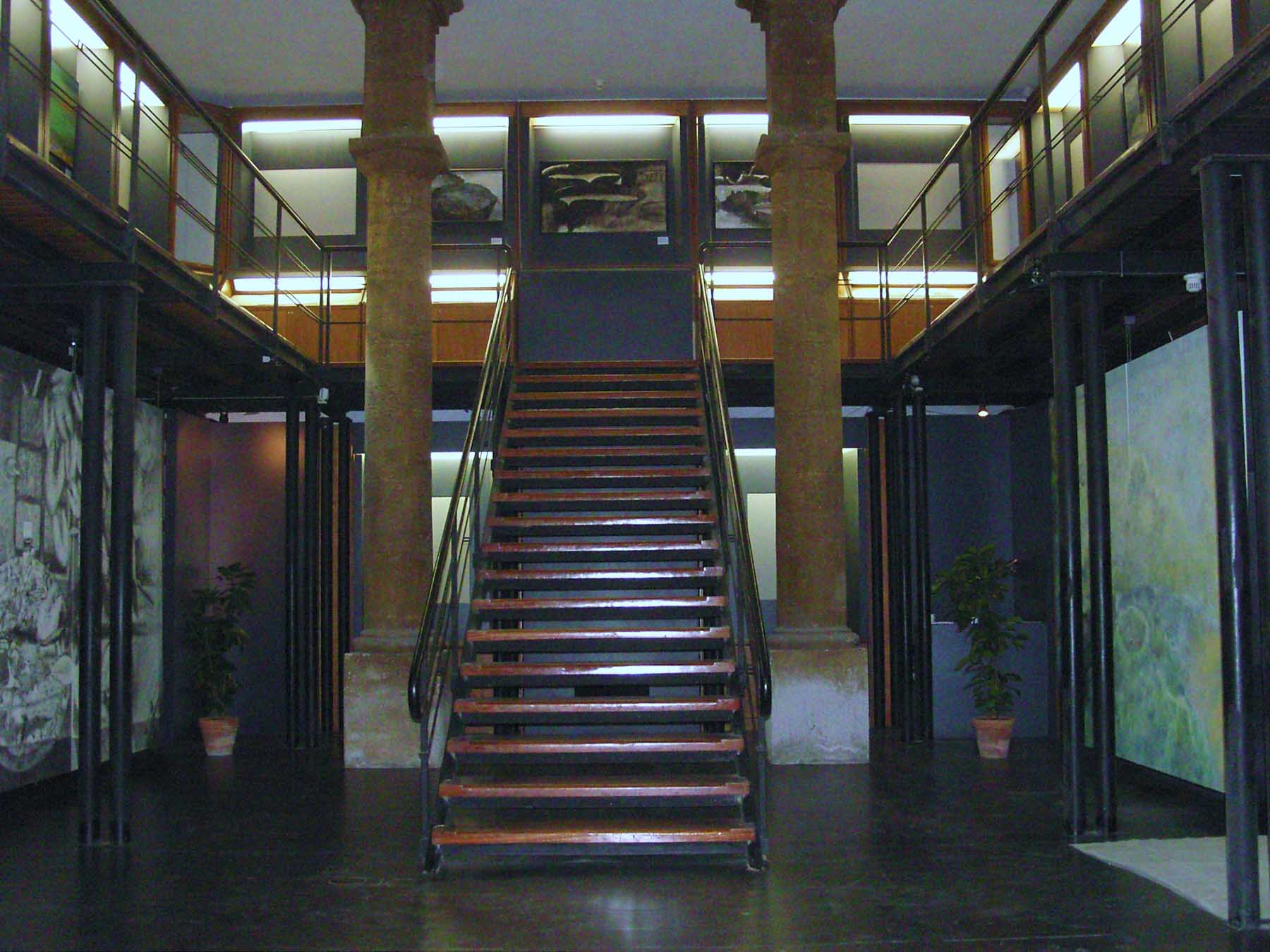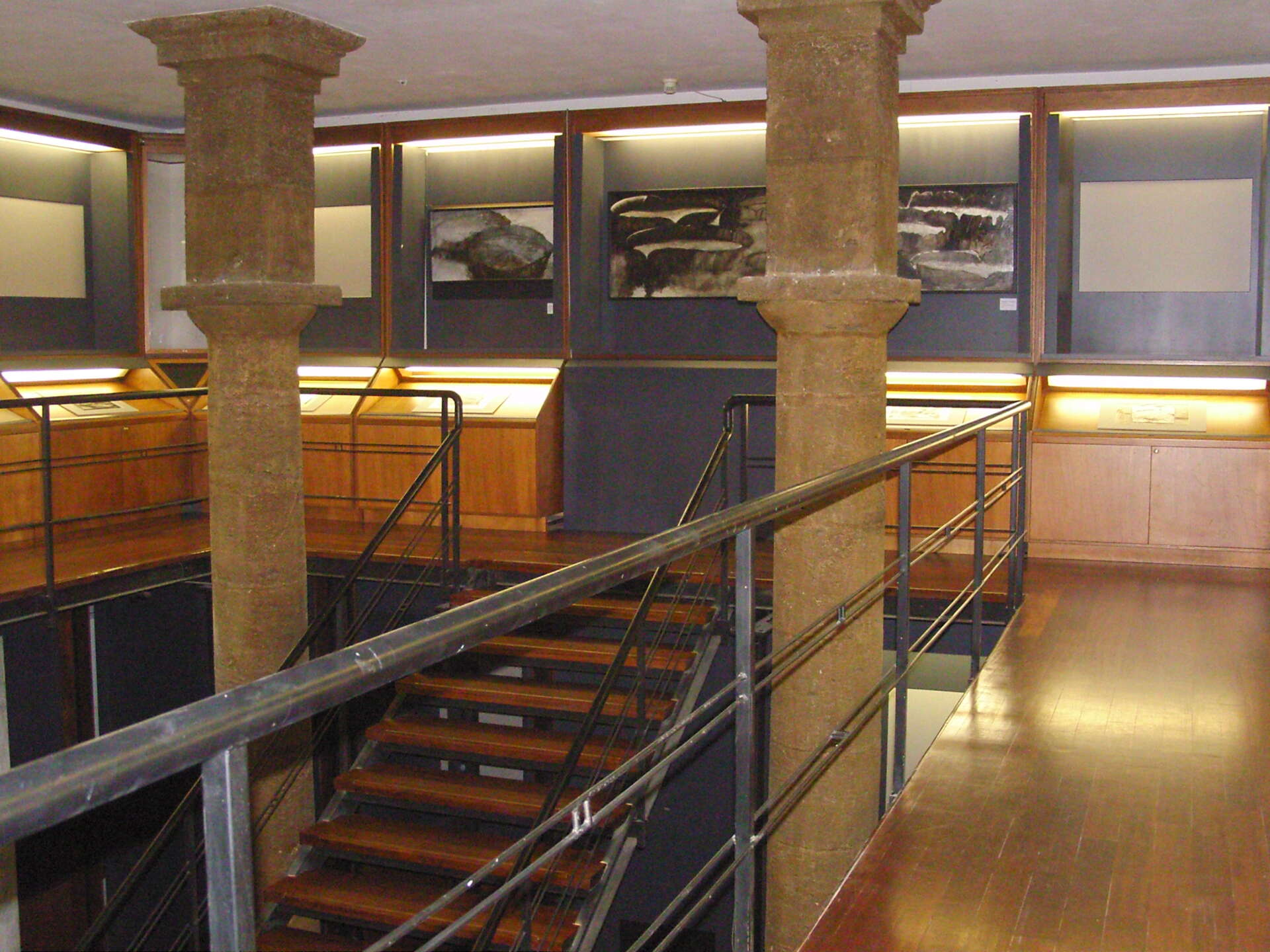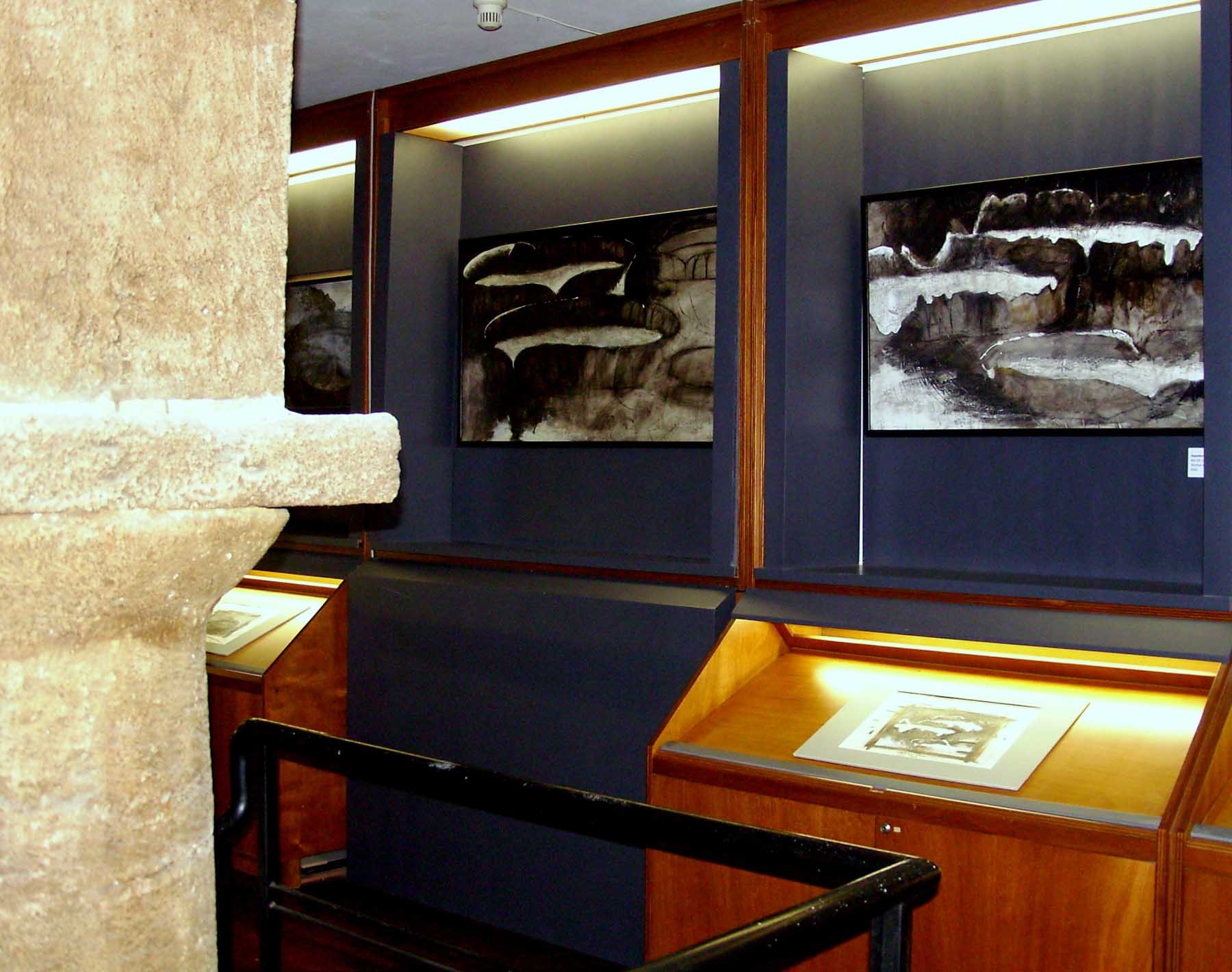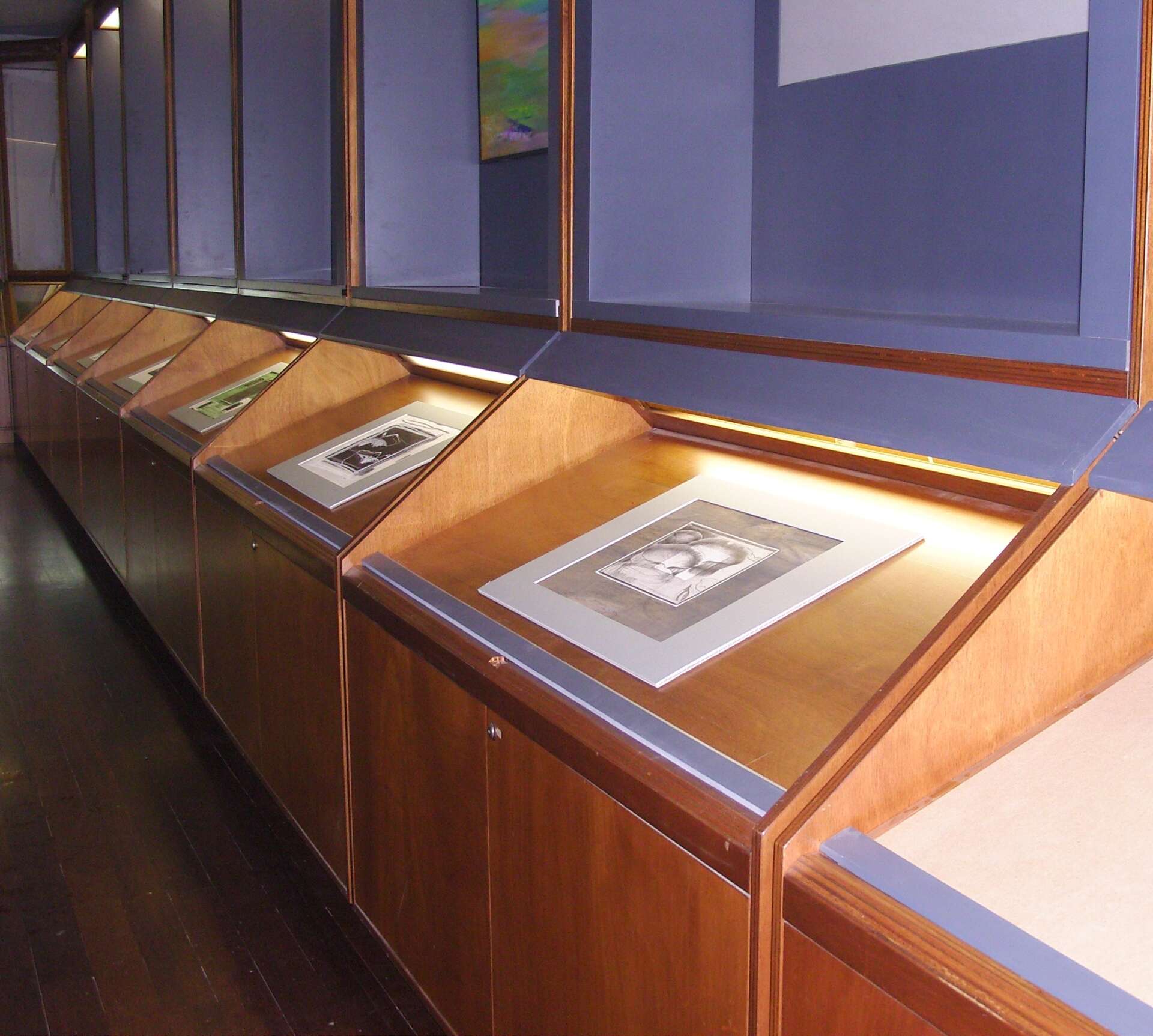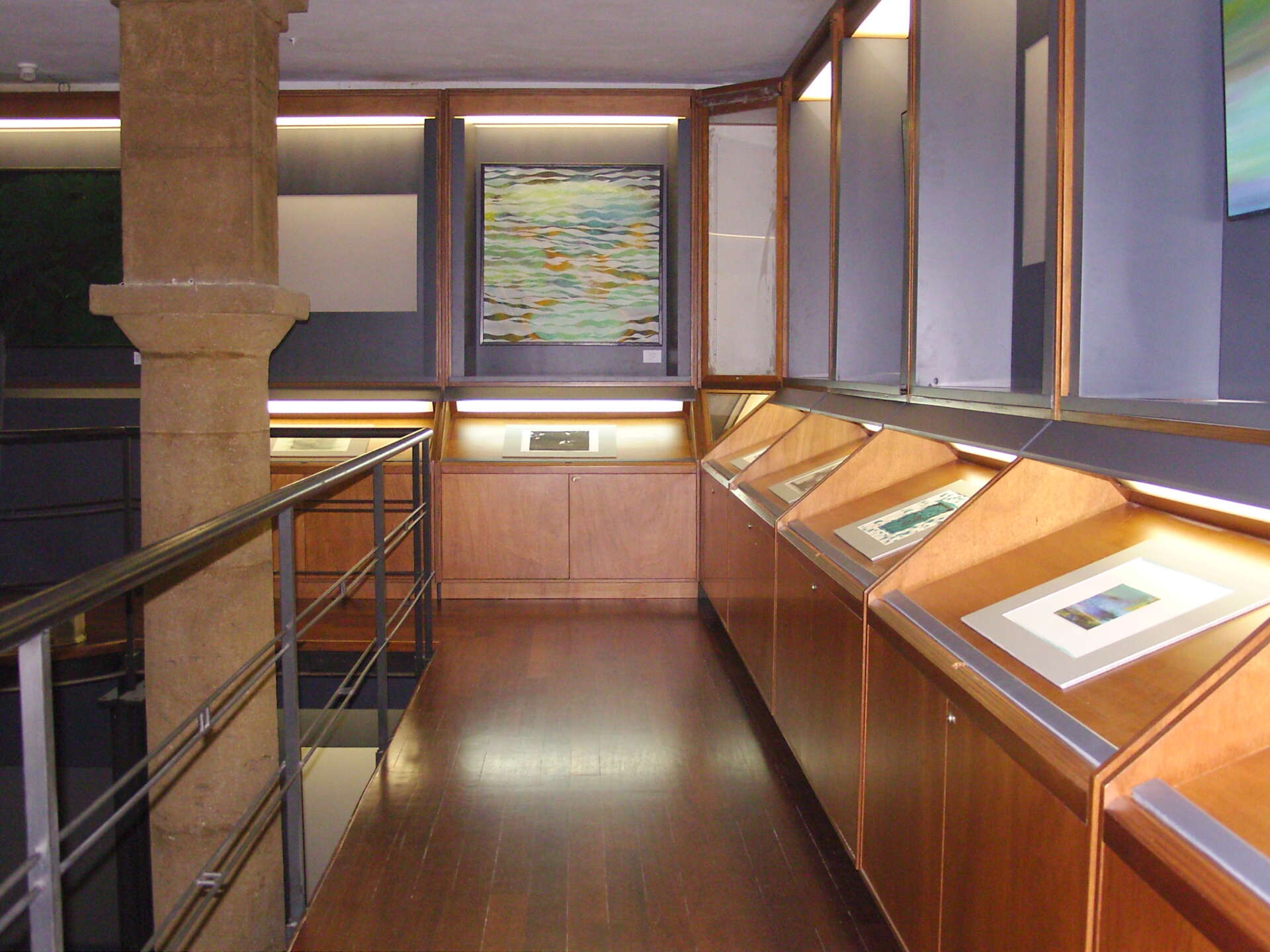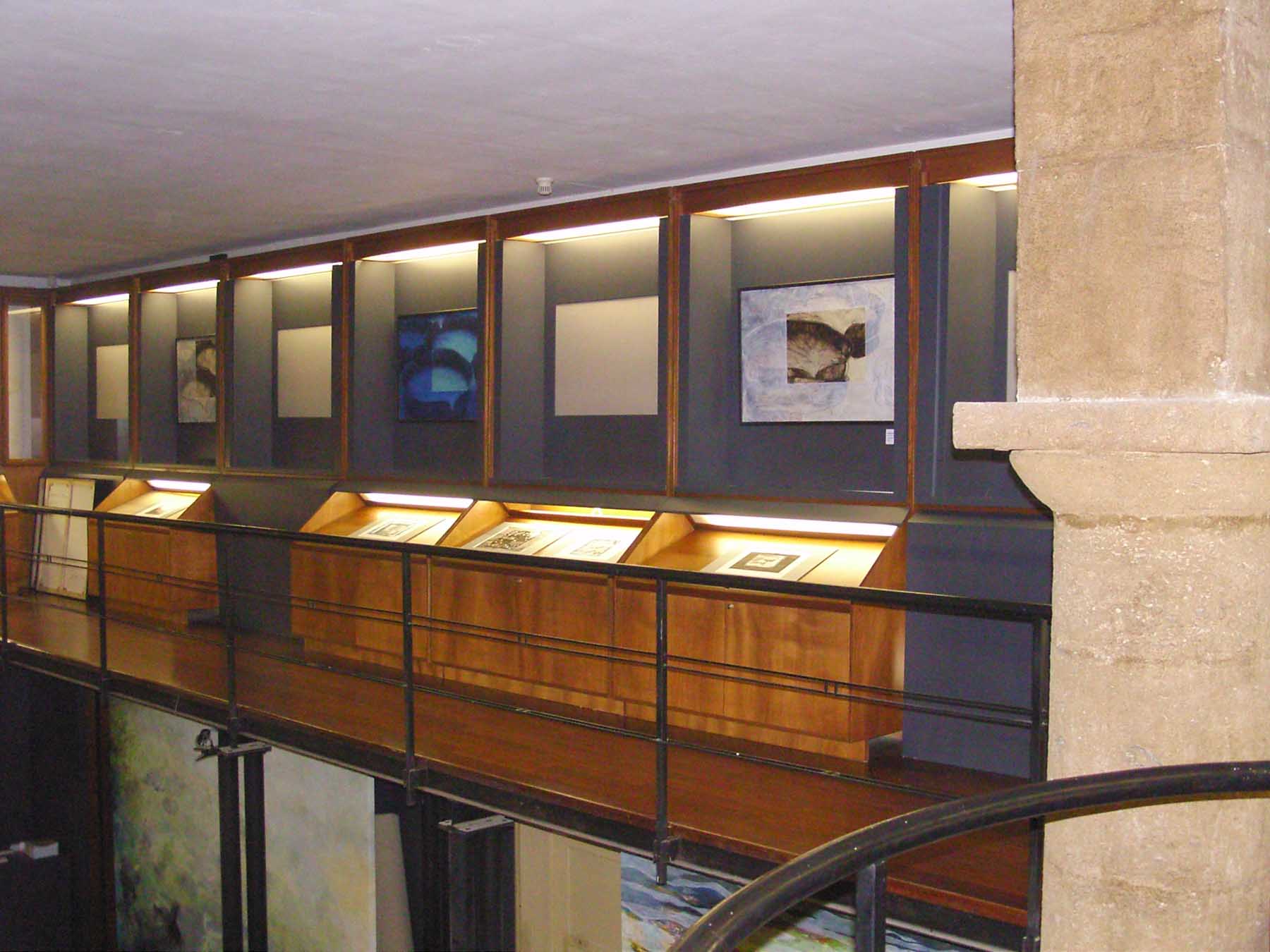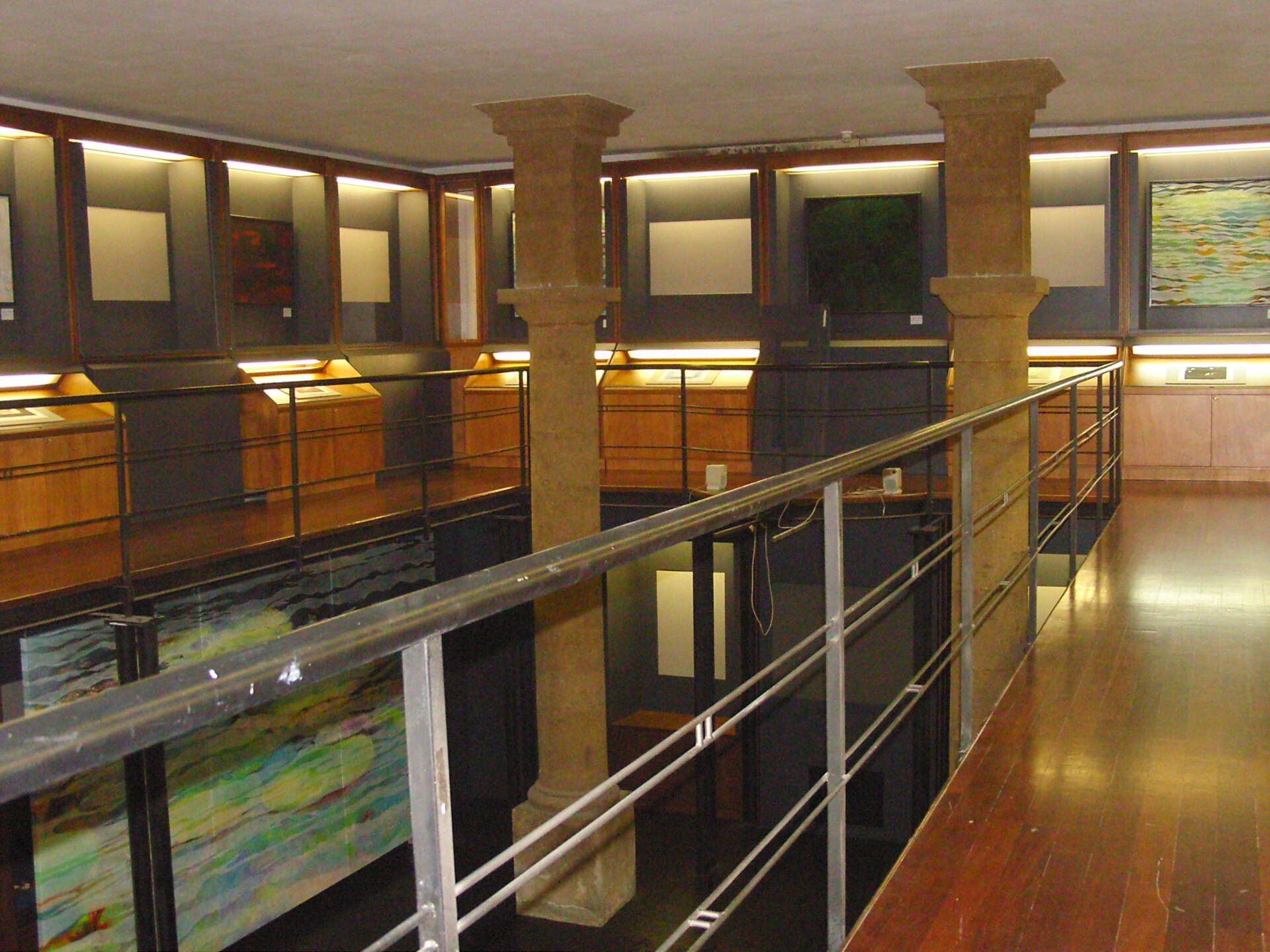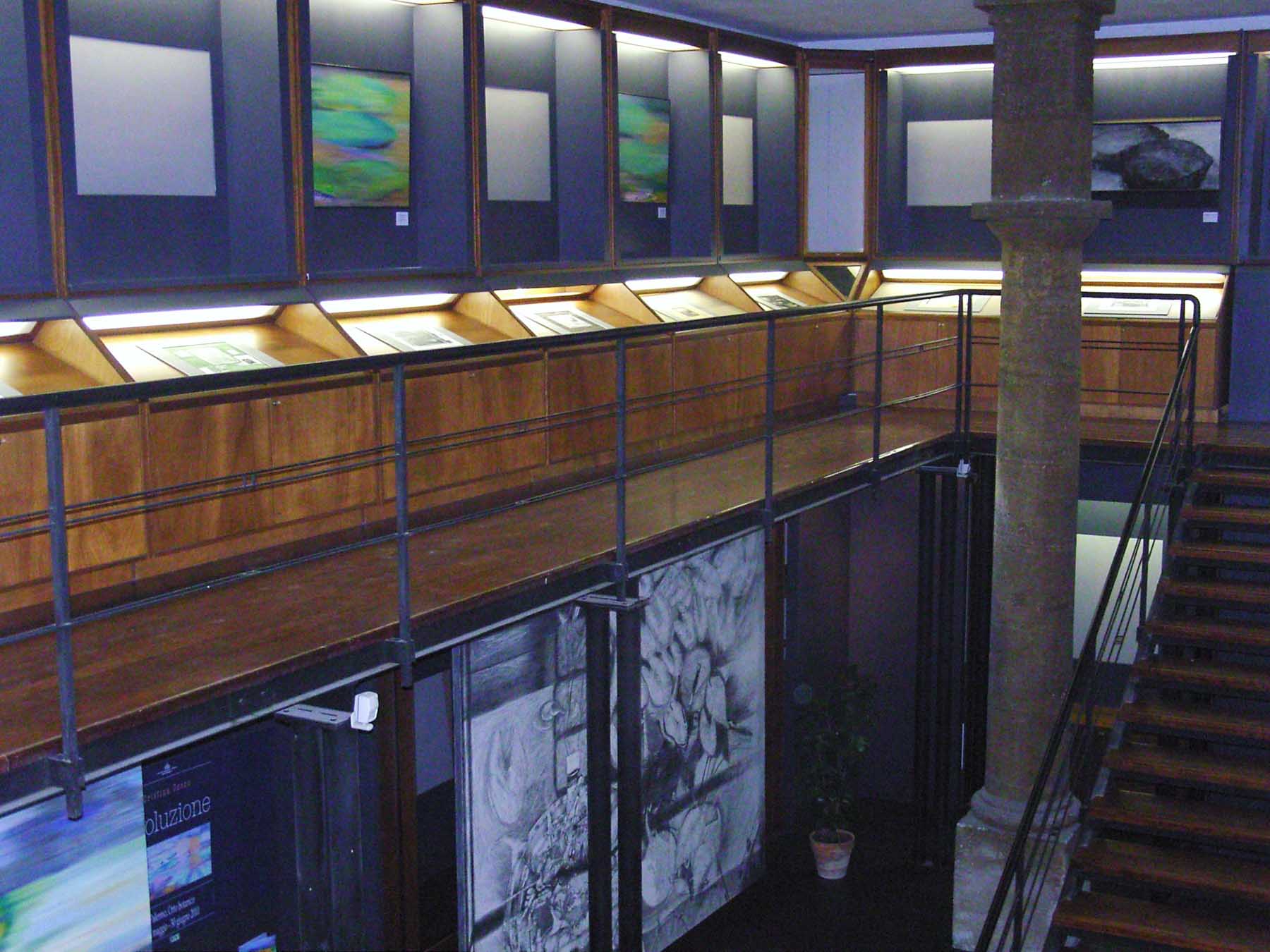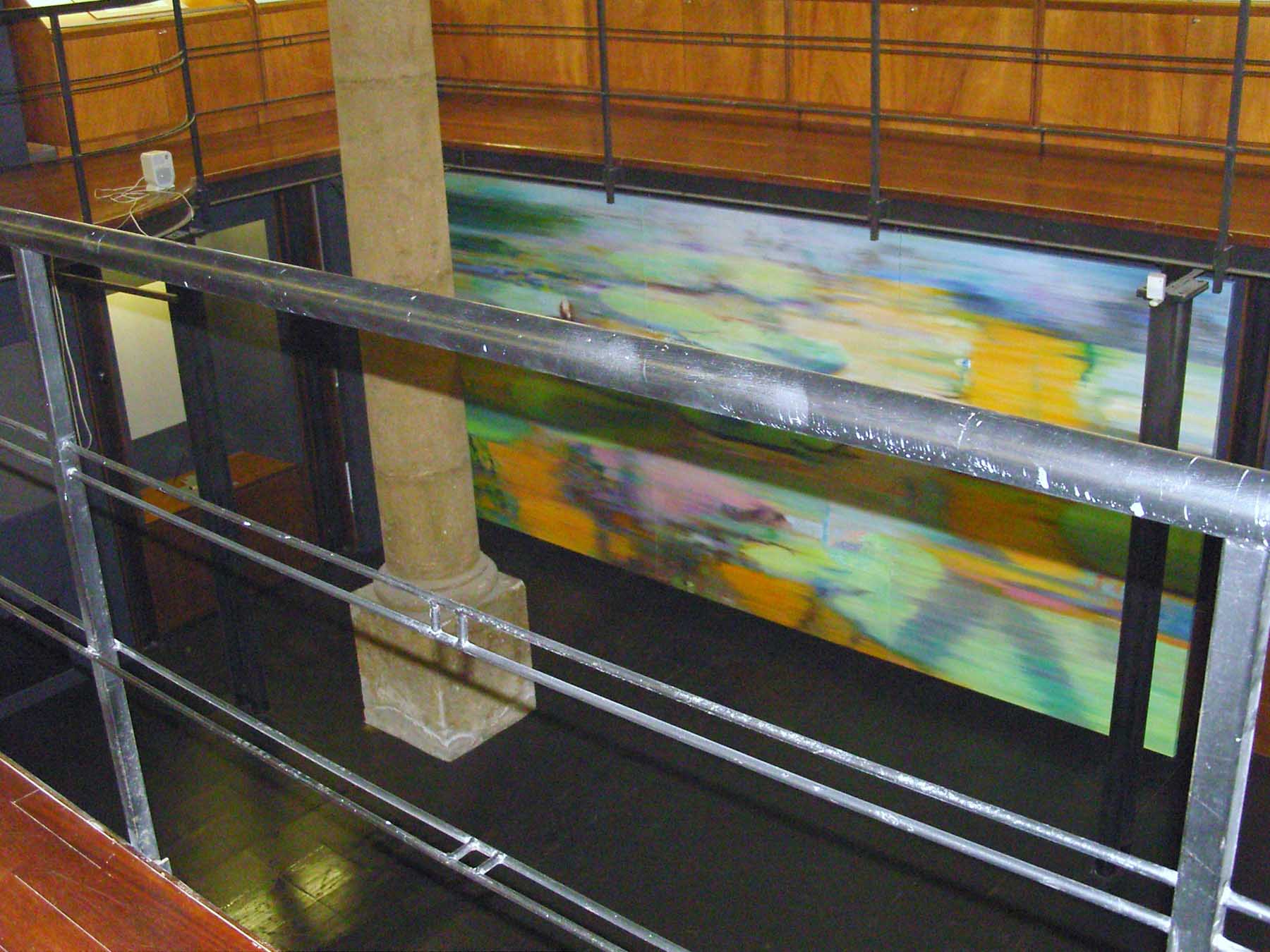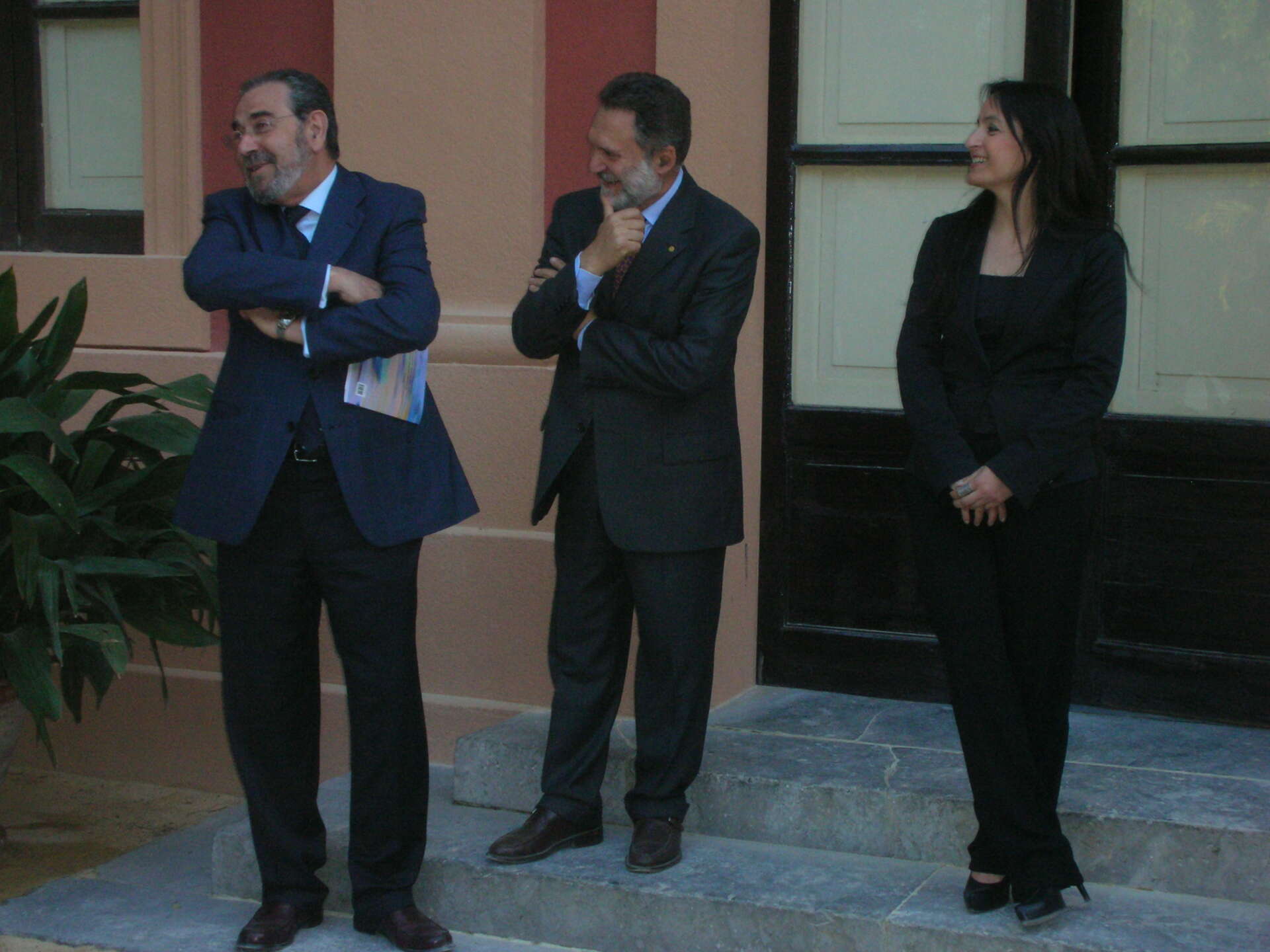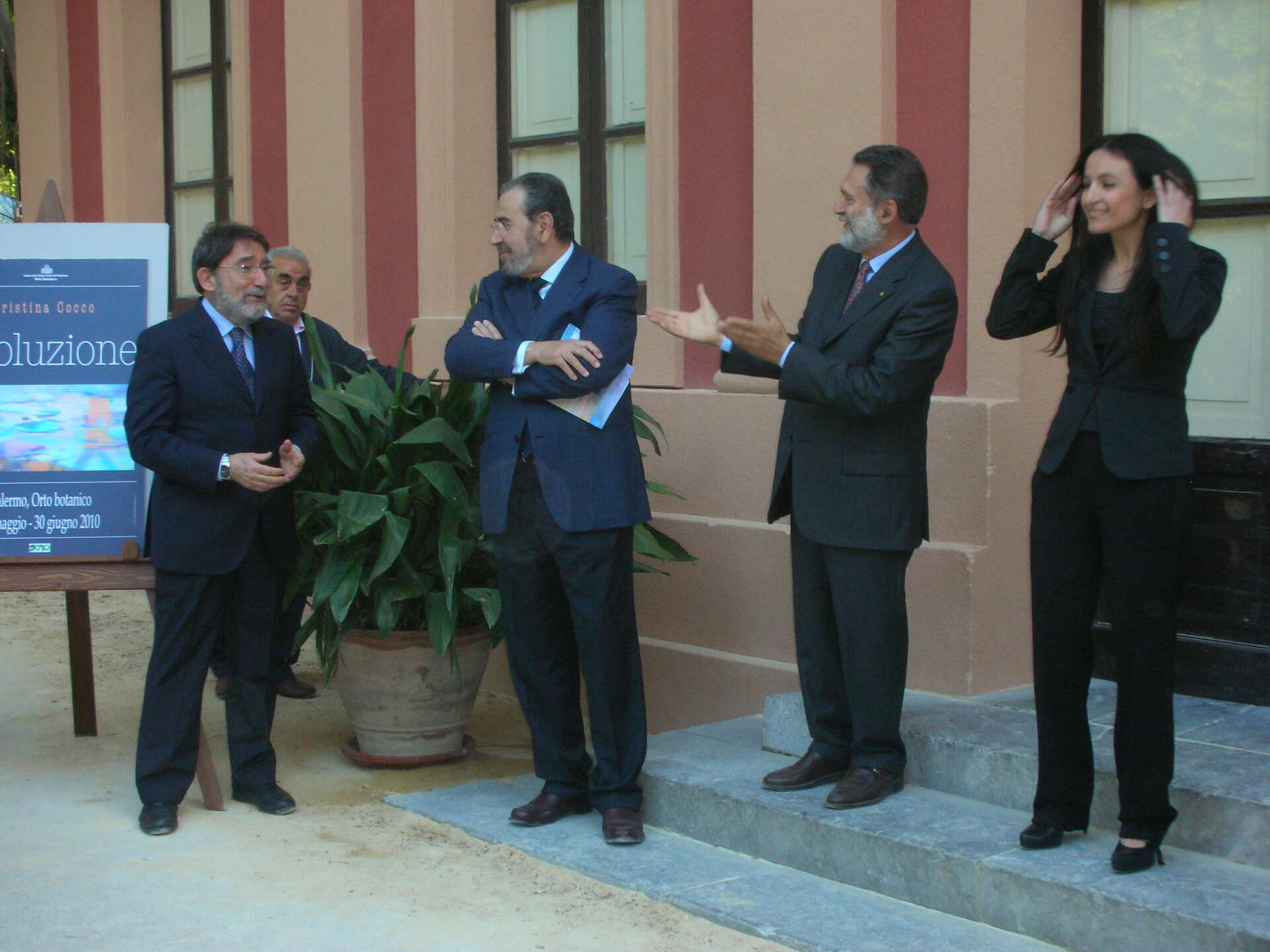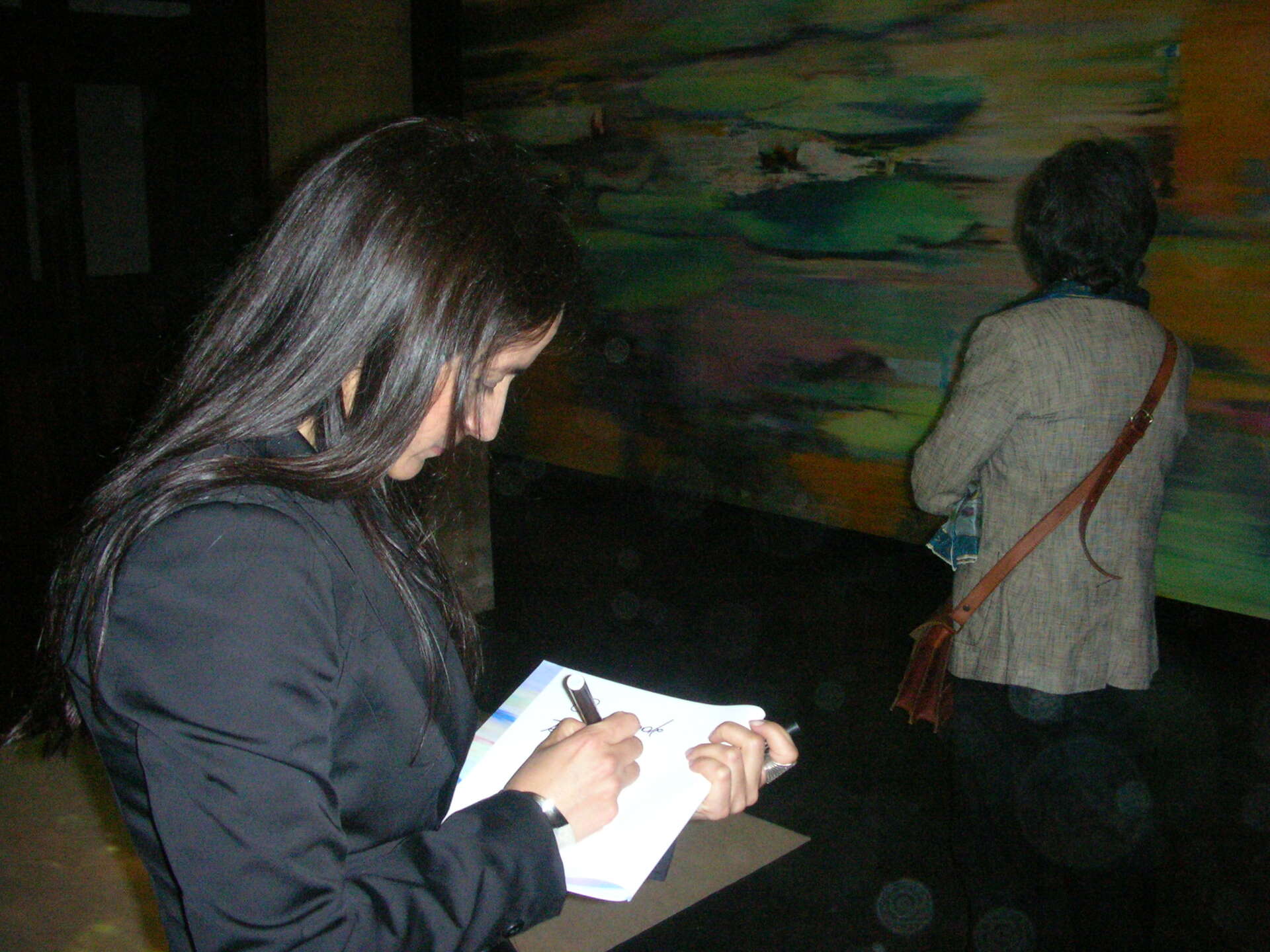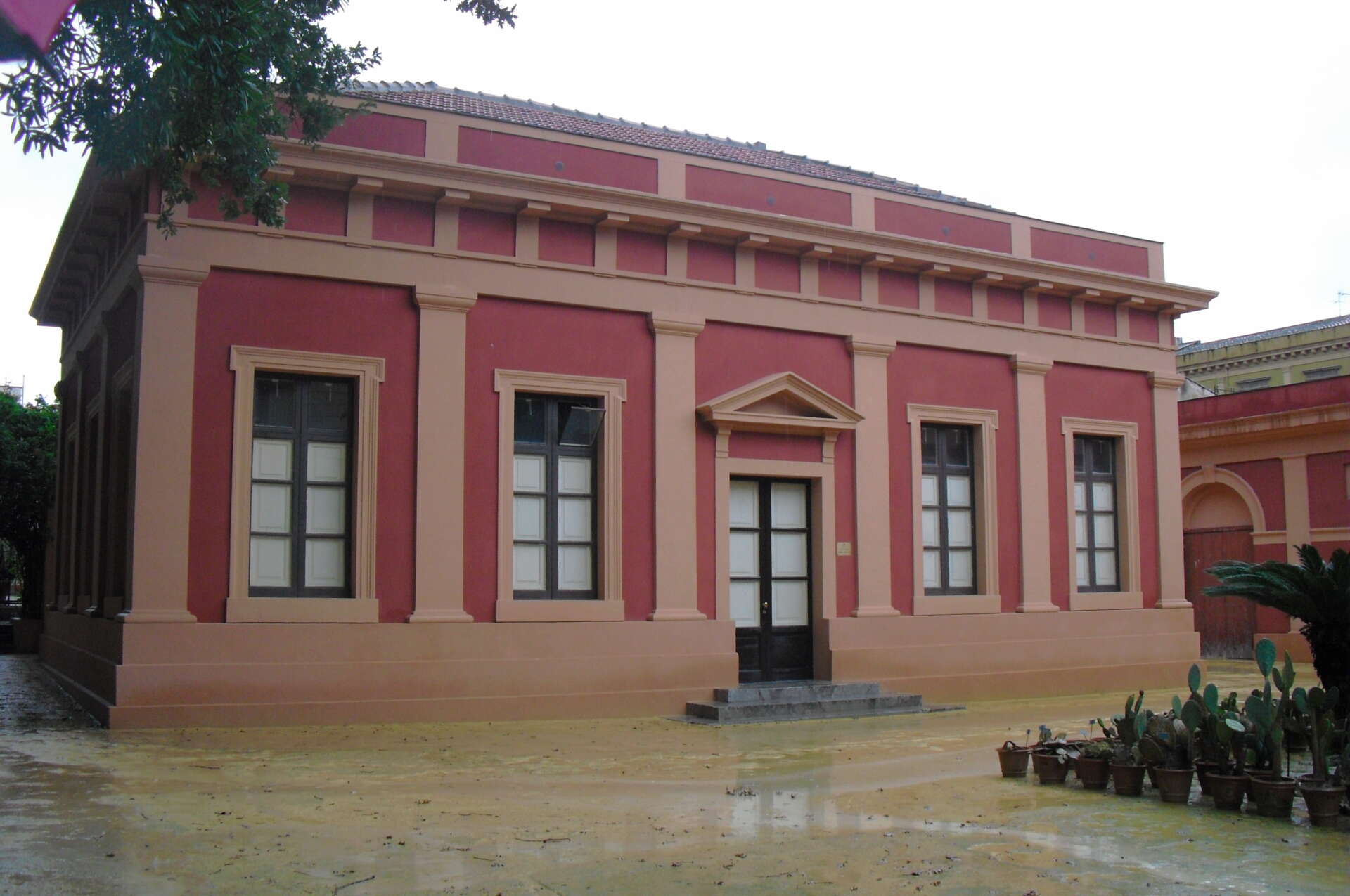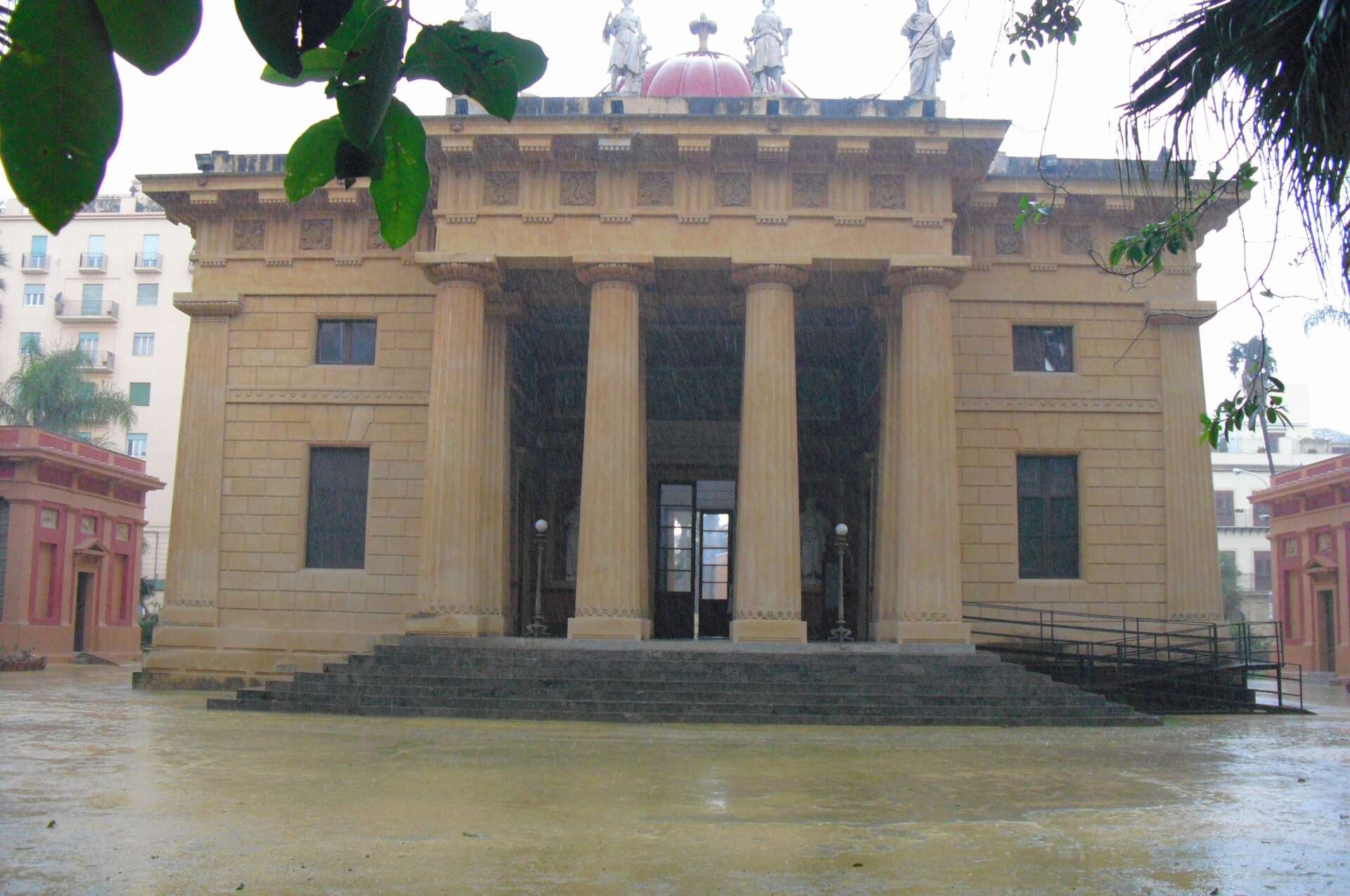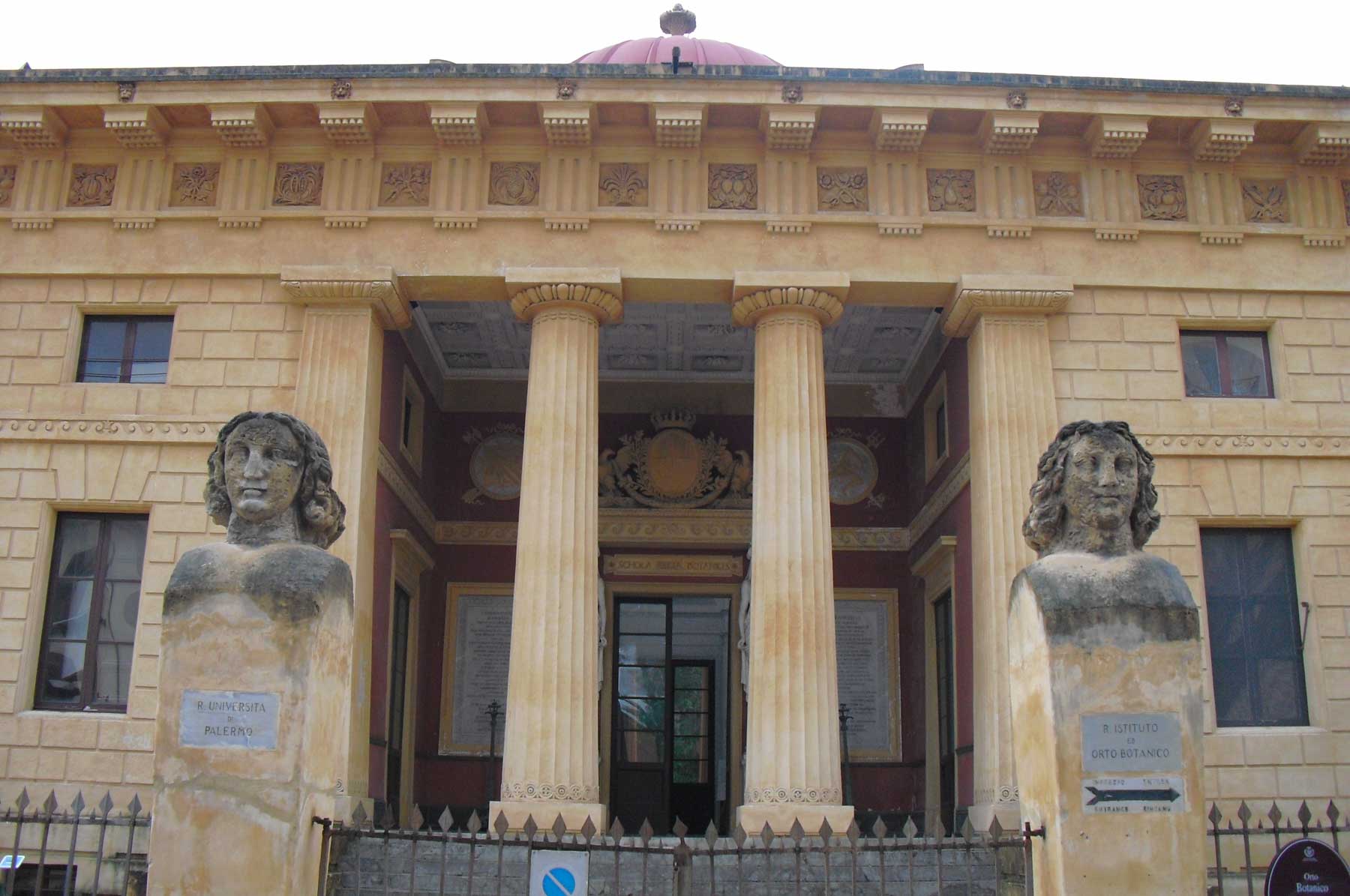Project Description
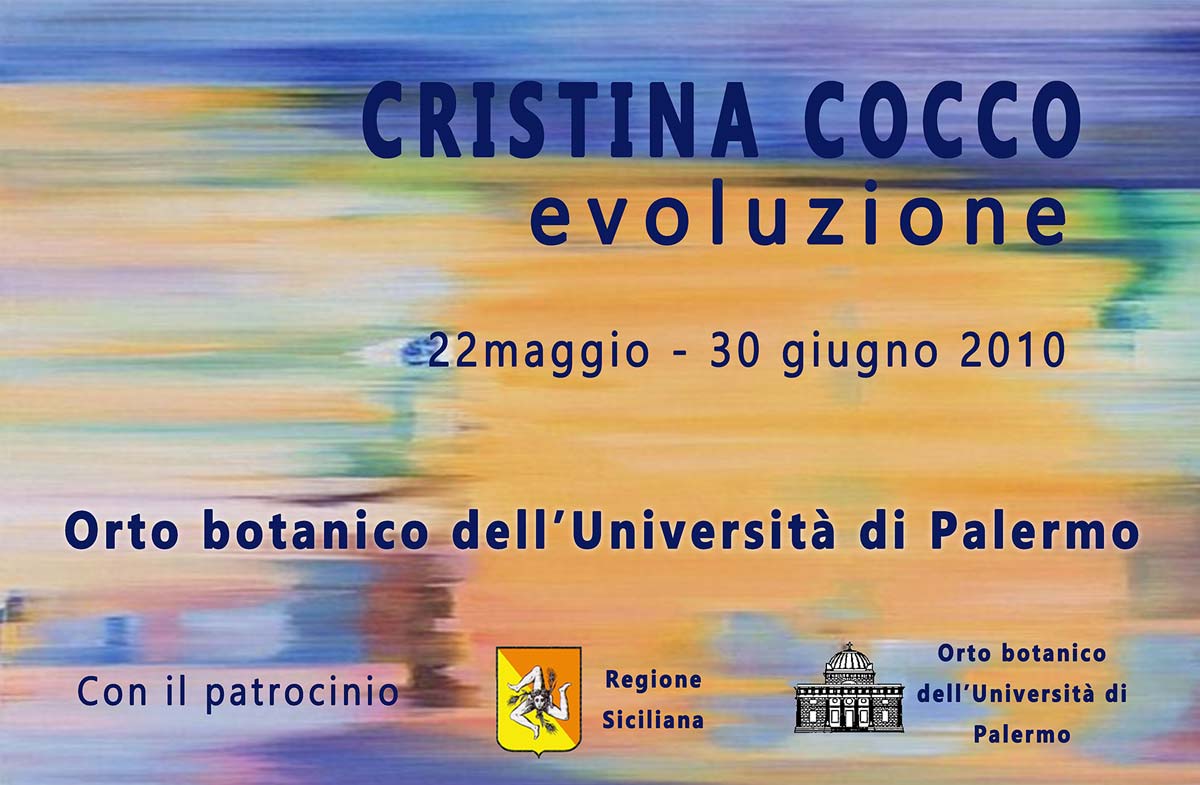

Personal Exhibition “evolution”
Botanical Garden of the University Palermo 2010
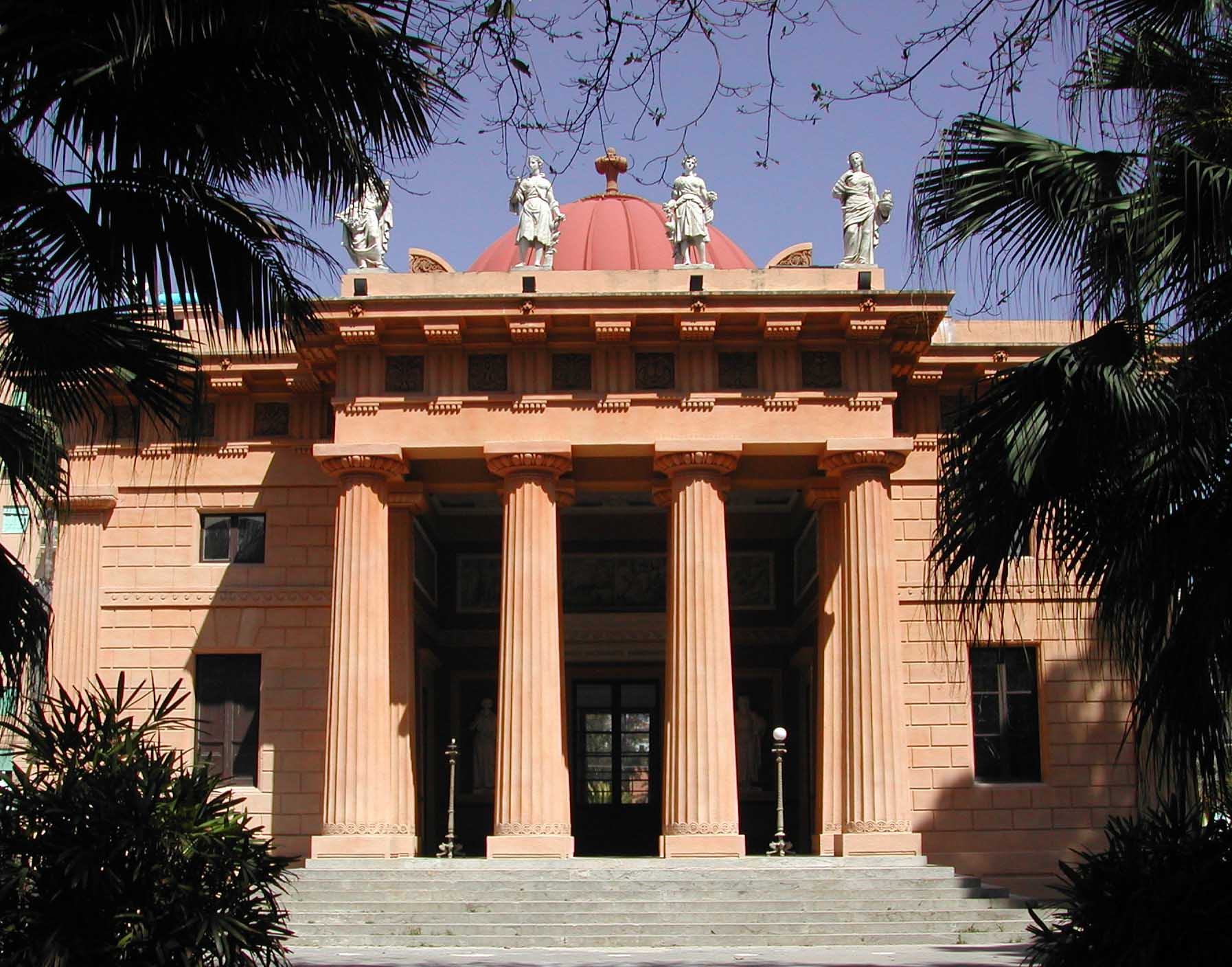
Gymnasium, Botanical Garden in Palermo
The personal exhibition “evolution” of the artist Cristina Cocco on display at the Botanical Garden of the University of Palermo.
Evolution in every instant
in the summer breeze on the roadside. / Unravel their secret meaning,
Pile up the flickering foam of the clouds, / the dazzled acacia, the white-crested combers.
The images evoked by Katia Sebastiani in her “Morale semplice” reveal implicitly the “indivisible process” which, according to Paul Valéry’s Lucretius, governs the chaotic movement of our existence with a firm hand.
In her artistic production, Cristina Cocco looks for the poetry concealed in the natural course of life and death, which lies at the heart of rebirth. The artist focuses her attention on the cyclical evolution that all living beings are subject to, within the apparent paradox of two contrasting concepts. She enthuses over the perception of both the vital energy and the deadly decay which are meant to perpetually follow one another. The uninterrupted sequence of life and death in the continuous succession of instances does not create the dramatic absence of meaning, which poets and artists who share an eschatological perspective seem to perceive. The artist sees this sequence as a means to understanding a higher order of things, an order which is both mysterious and self-revelatory, and whose metamorphic power is infinite.
The water lilies Victoria cruziana and Euriale ferox become the emblem of such a condition due to their particular cradle-like shape and their astonishing dimensions, but mostly because of their unique regenerative power, which they draw from the very matter of their decomposition.
The artist’s encounter with these miracles of nature takes place in the Botanical Garden of Padua, which has been the centre of a fruitful exchange of knowledge ever since its creation in 1545 as a medicinal herb garden. It is the place Cristina Cocco has chosen as the location par excellence of her uninterrupted, decade-long research. In her sketches and paintings, these gigantic water lilies and their continuous rebirth have become a symbol of the existential position that all creatures, including men and women, occupy harmoniously in the schema of universal development.
The eye of the artist becomes, therefore, a photographic diaphragm which, far from obliterating the overall view in the act of focusing on details, sets out to observe in detail the process of its development and transformation. It is an approach which finds one of its fullest achievements in the passage from the early Filters to Evolution, a cycle of ten works (two diptychs and two triptychs) exhibited for the first time in 2008 at the Botanical Garden in Padua, and later reproposed in Palermo. This cycle is a homage to both Padua and Palermo, two cities whose long-standing history of research and promotion of knowledge provide a precious heredity, which the current global situation has transformed into repositories of biological memory. The spatial arrangement of the works, in succession and in a circle, reaffirms the idea of an uninterrupted cycle of life for life also thanks to its perfect circular shape.
The works in black pencil, modulated across a series of movements of gestural matrix which alternate with minute and obsessive graphic fillings, are succeeded by the oil paintings in which the oil has been harnessed to suit new purposes thanks to the invention of an elaborate and efficient technique of colour blurring. The careful choice of techniques for an accurate representation of the cycle of life and death from rebirth to growth, and decline reflects the artist’s thoroughness both in the process of conception and in the execution of each single work. It is a journey into the substance where what can be found at “a low depth” thanks to a keen sense of observation is the same power that, according to Lucretius in The Dialogue of the Tree, “produces life itself”.
Chiara Costa


